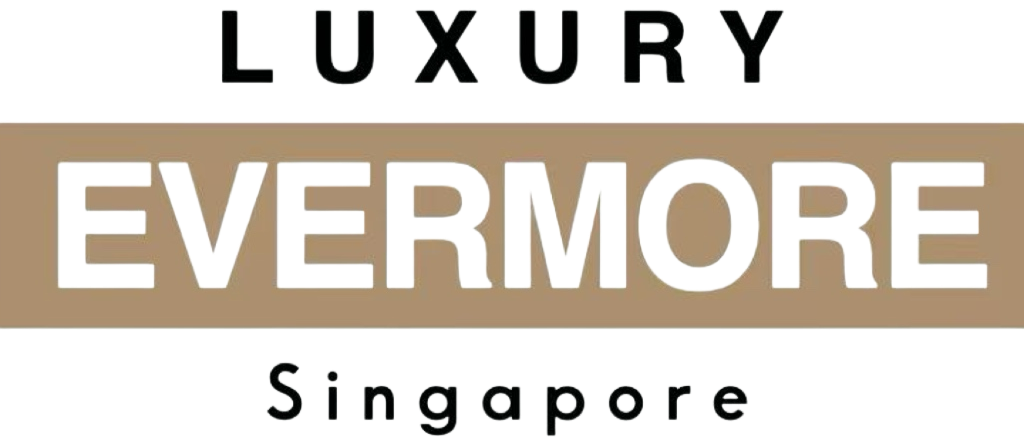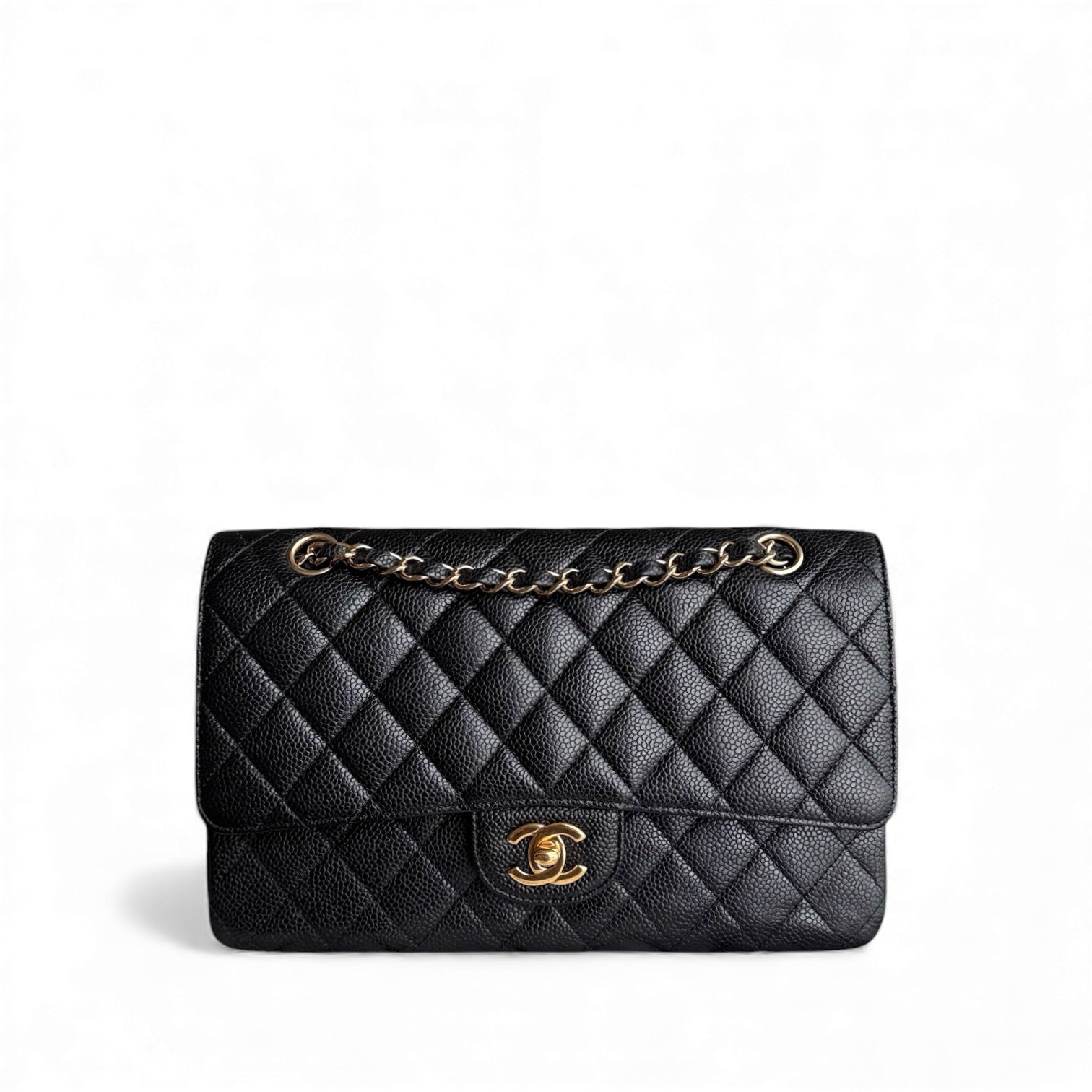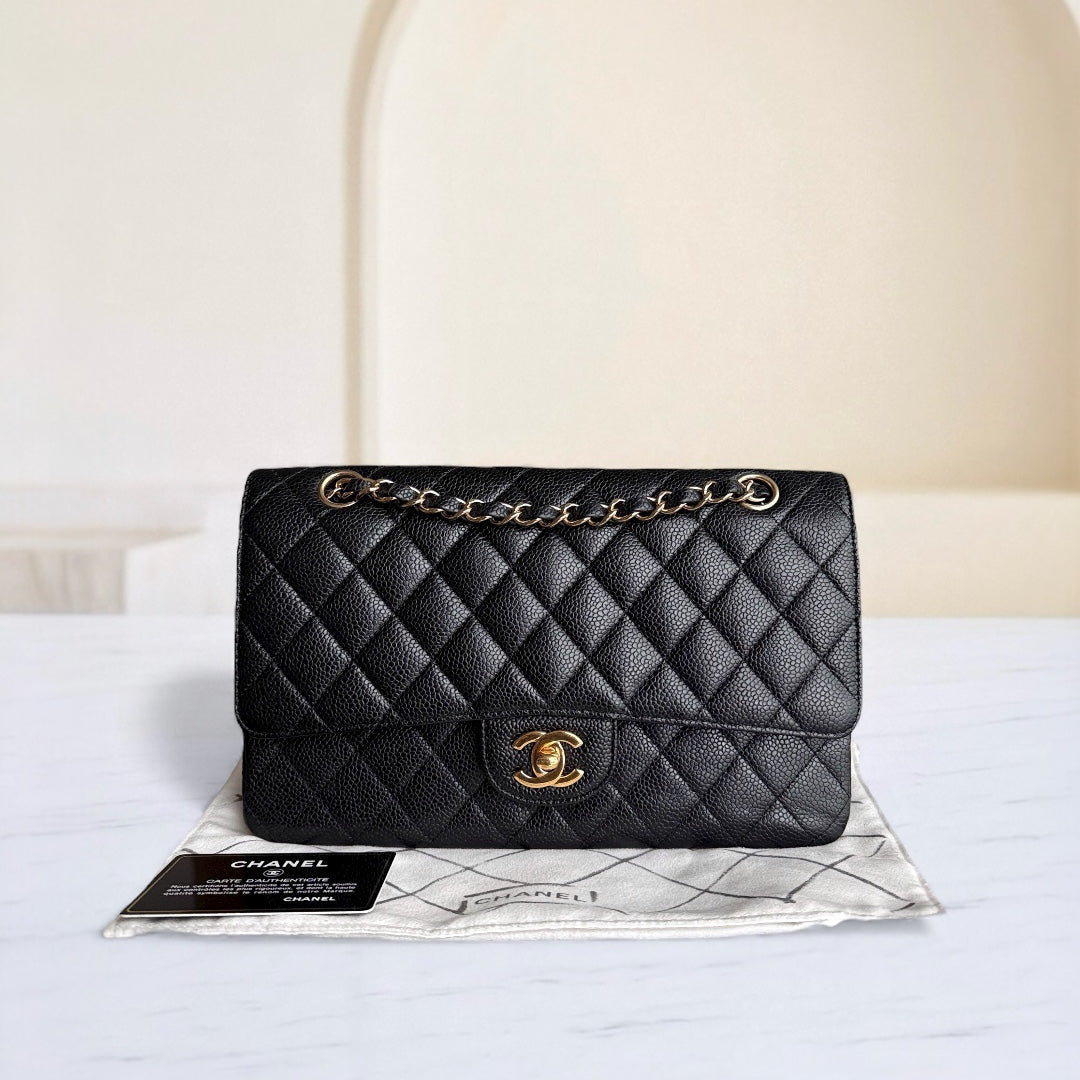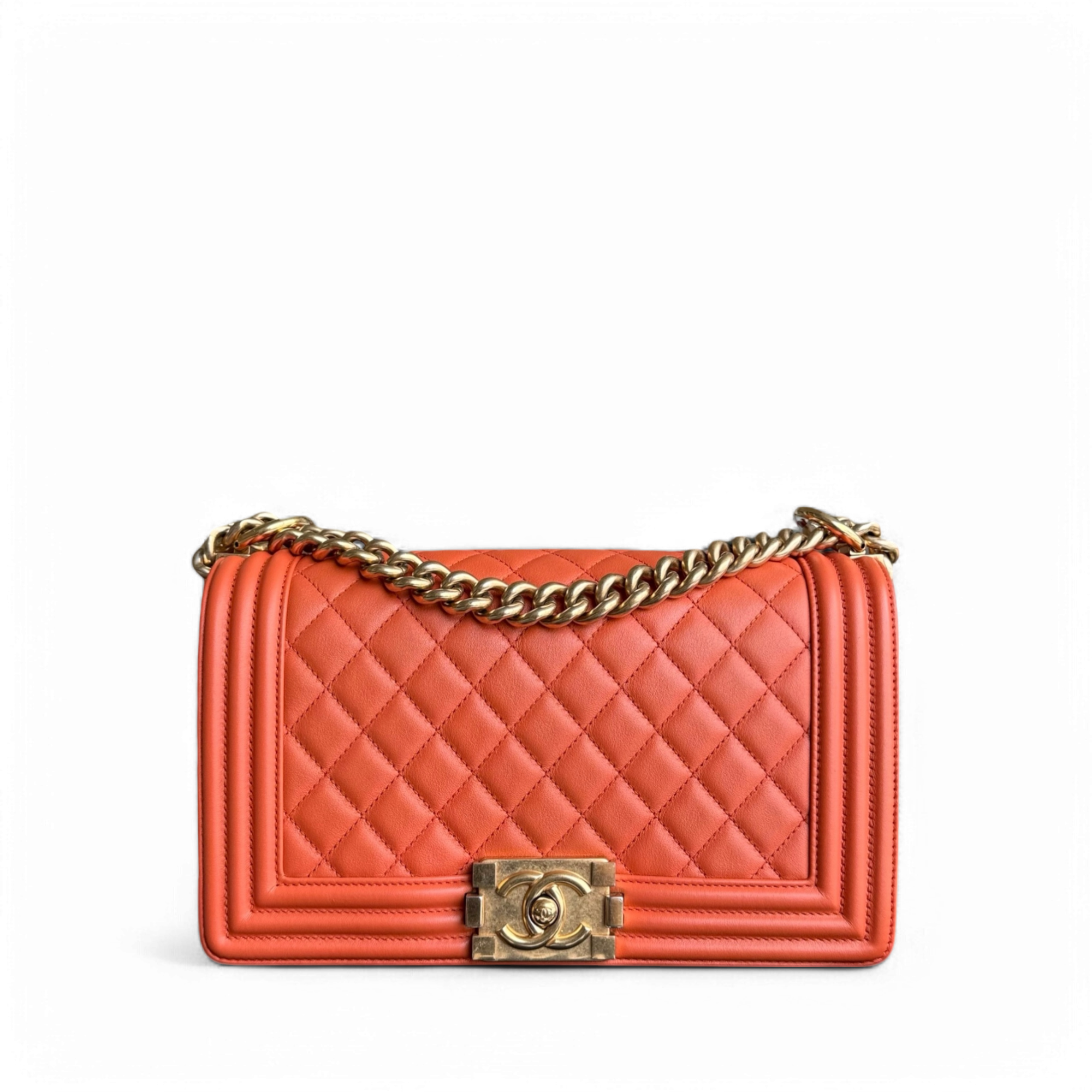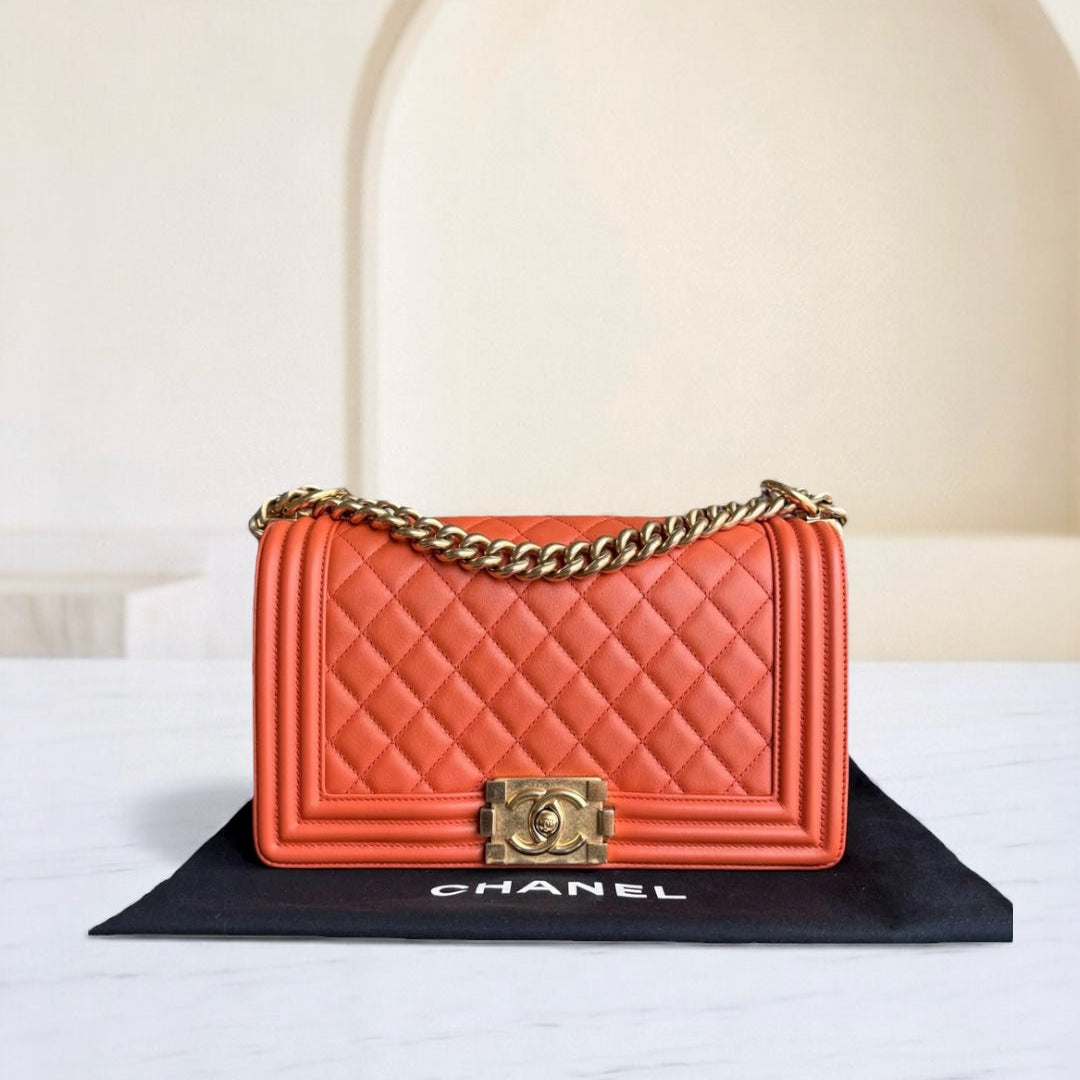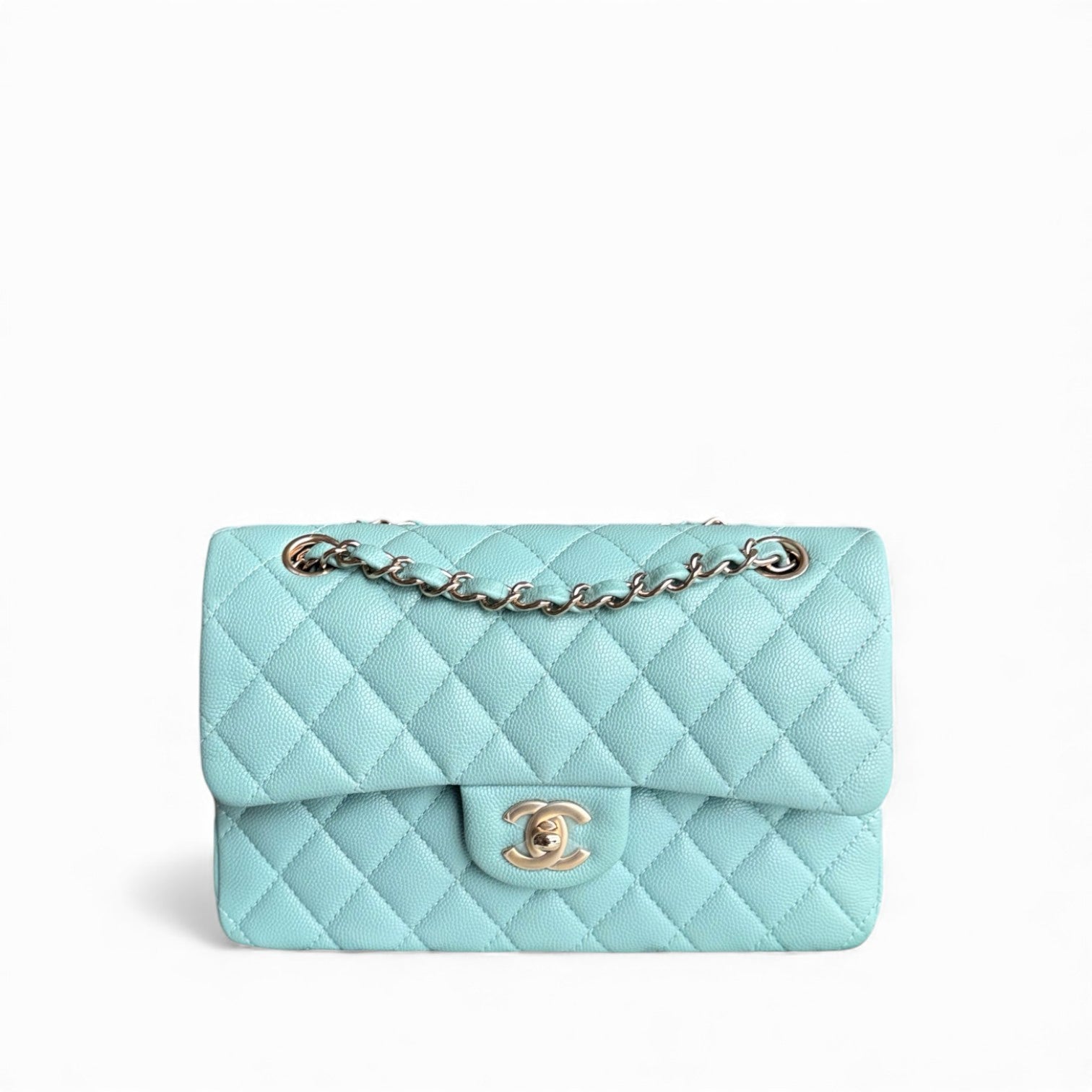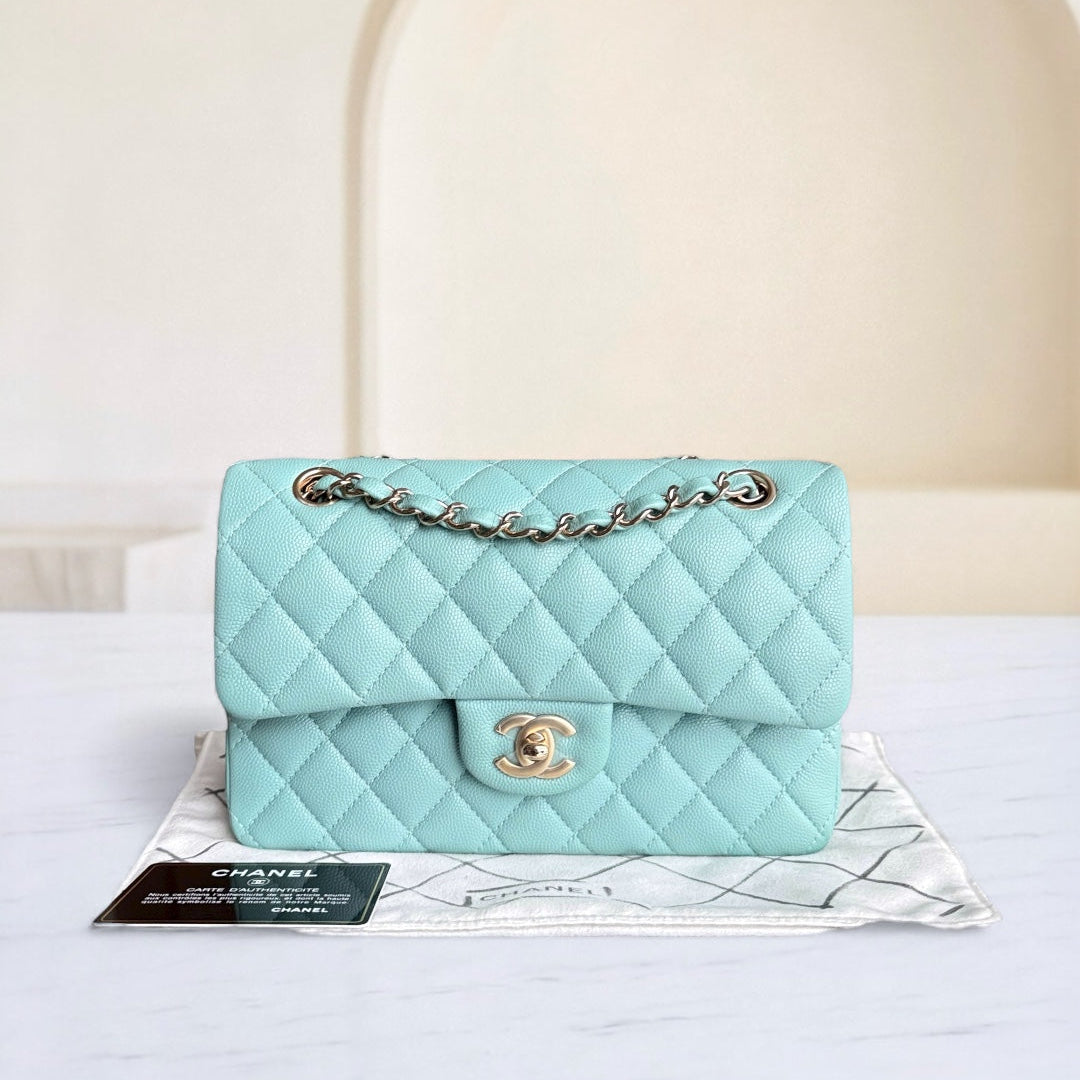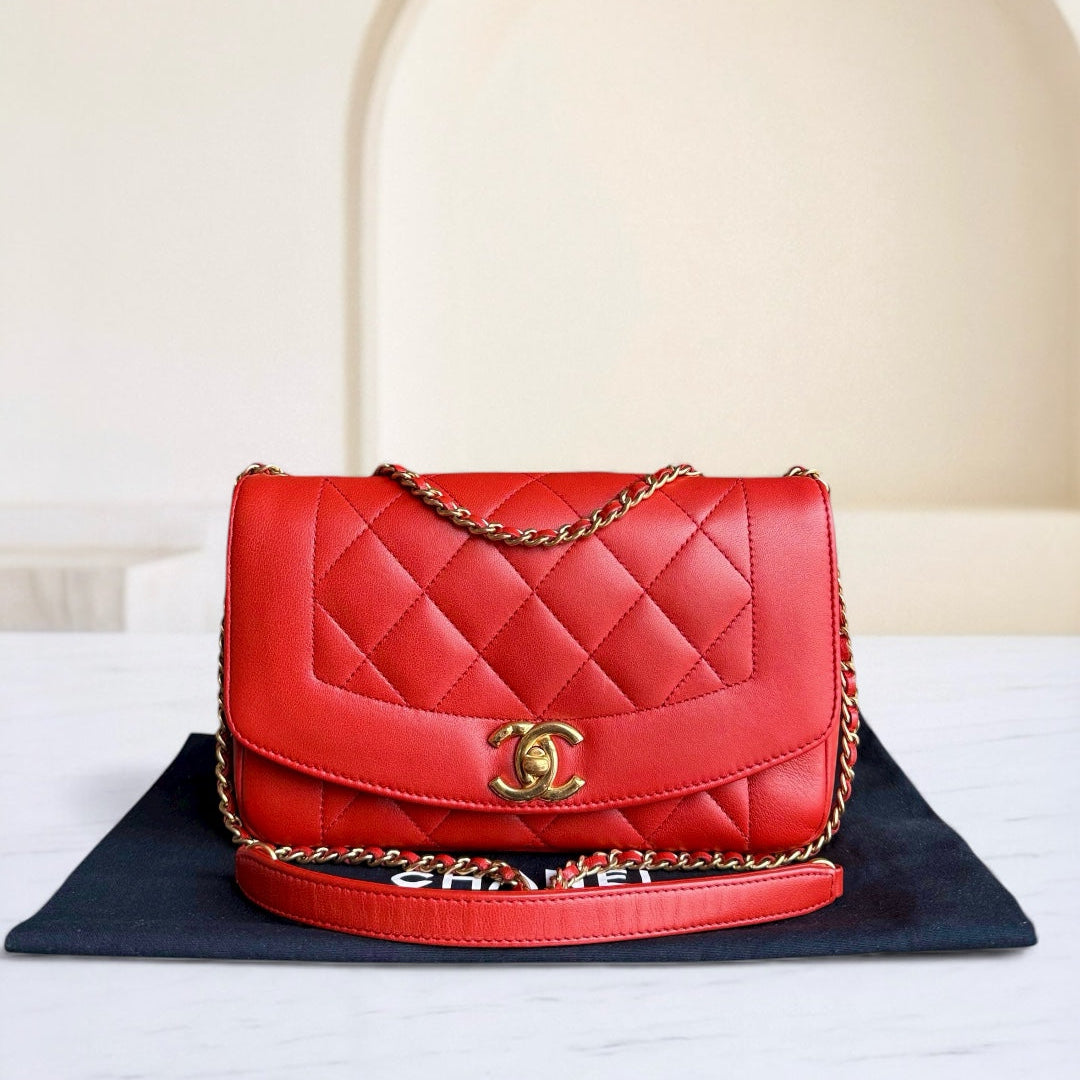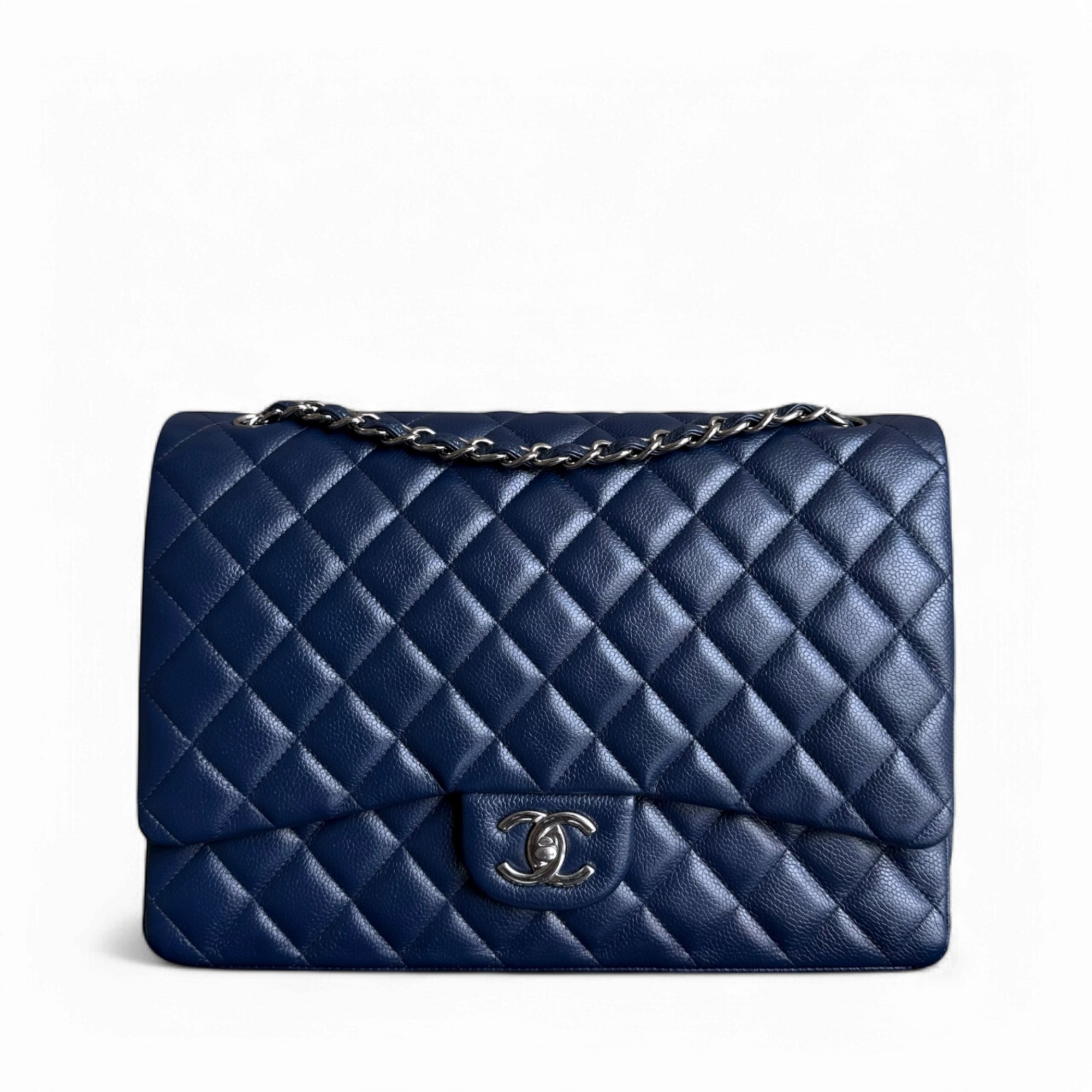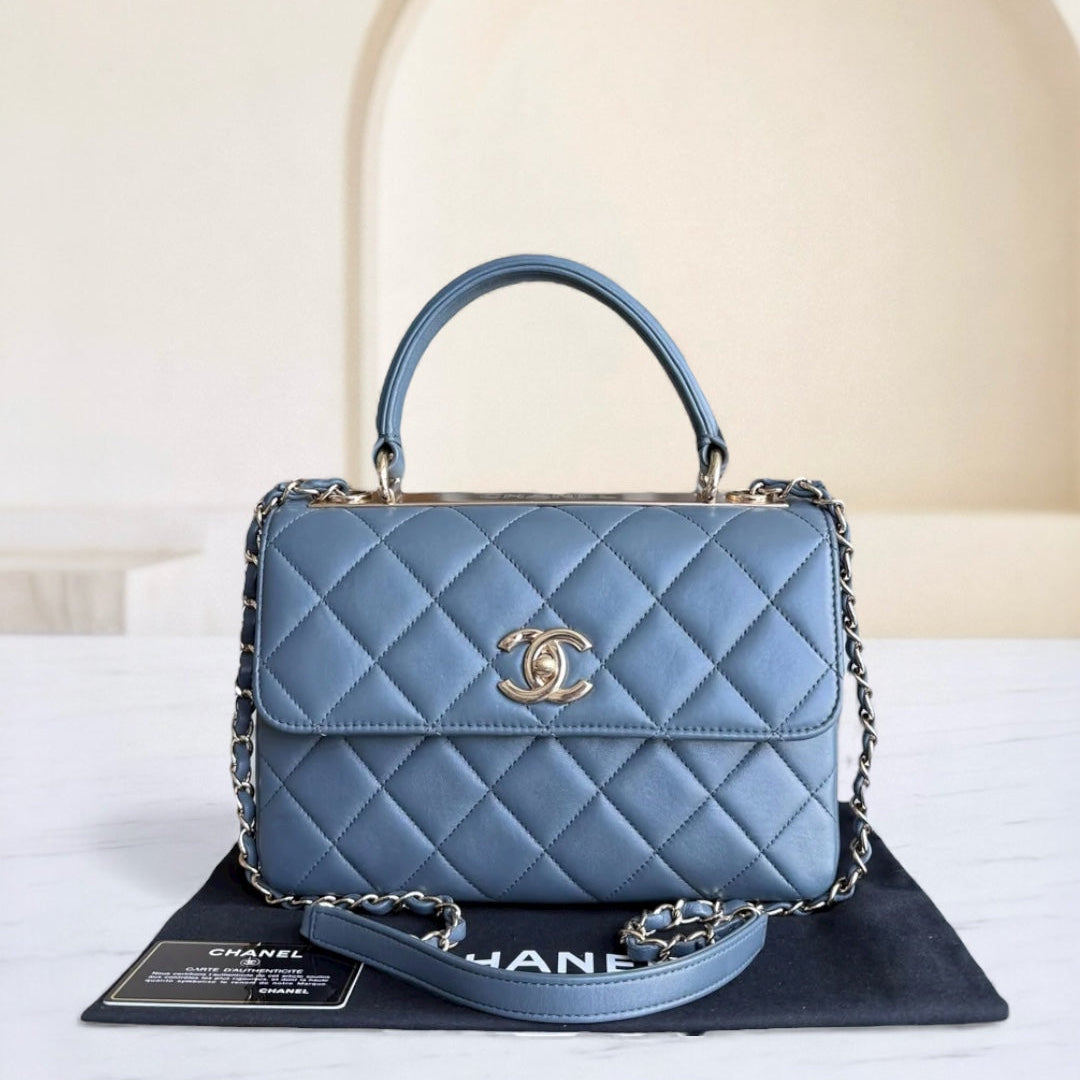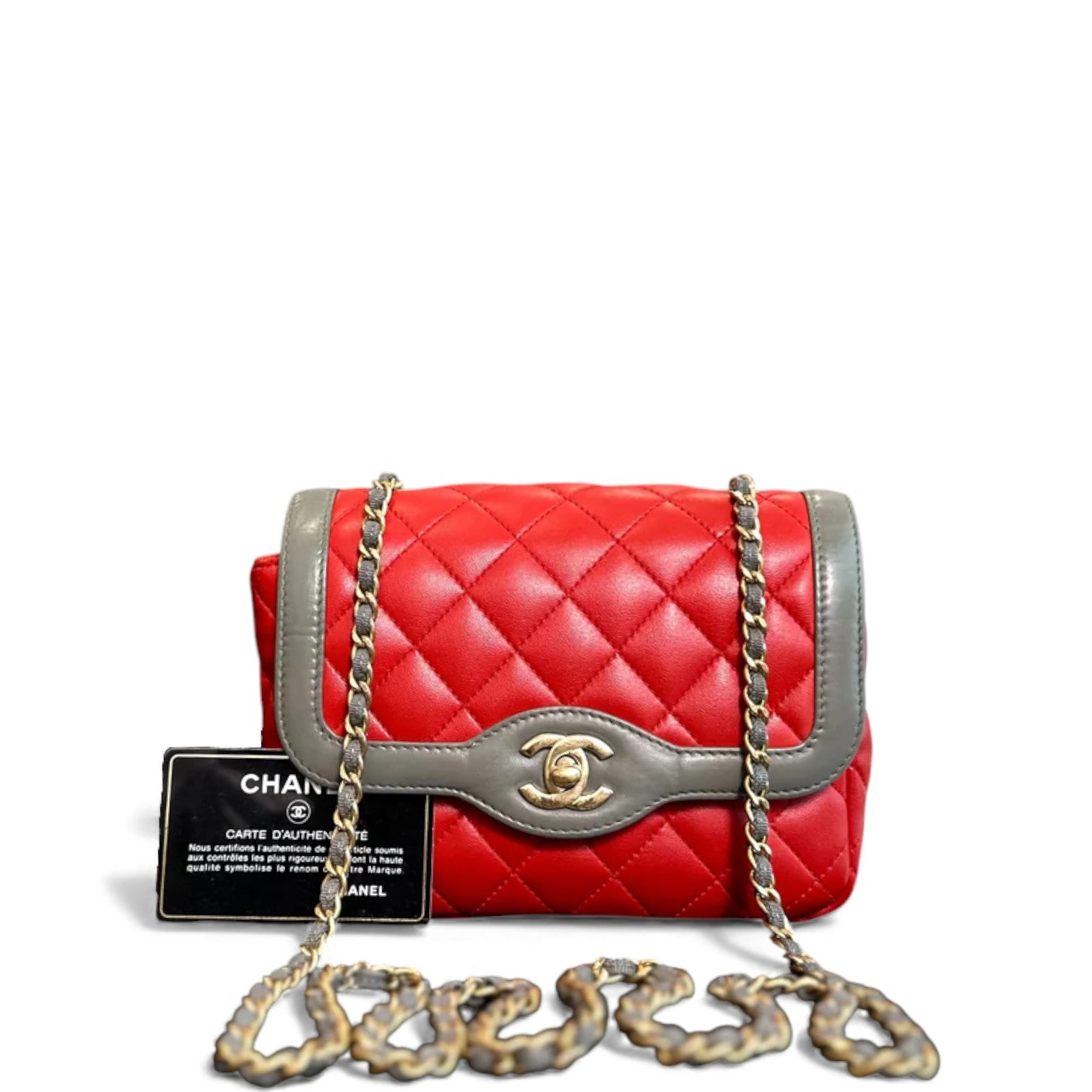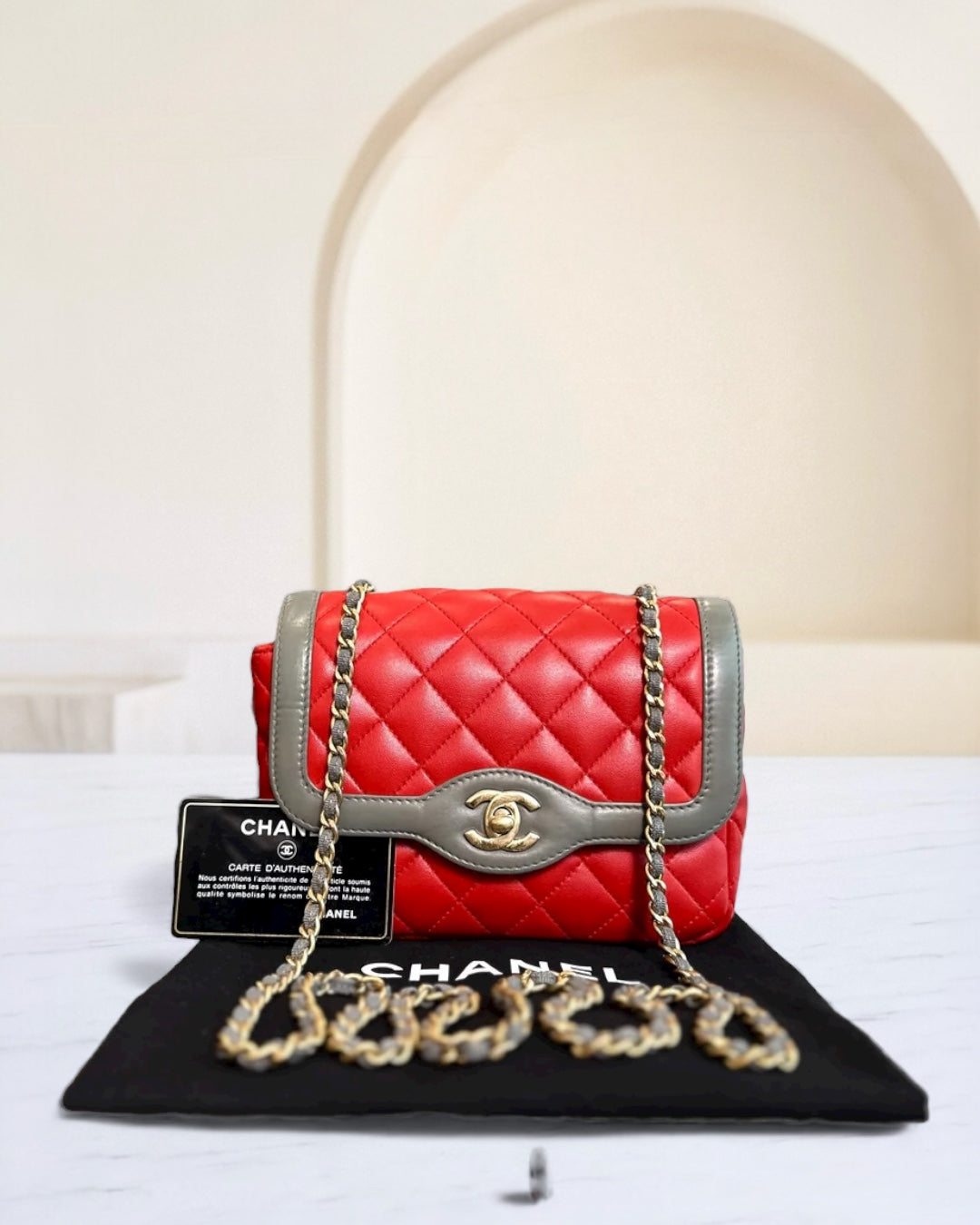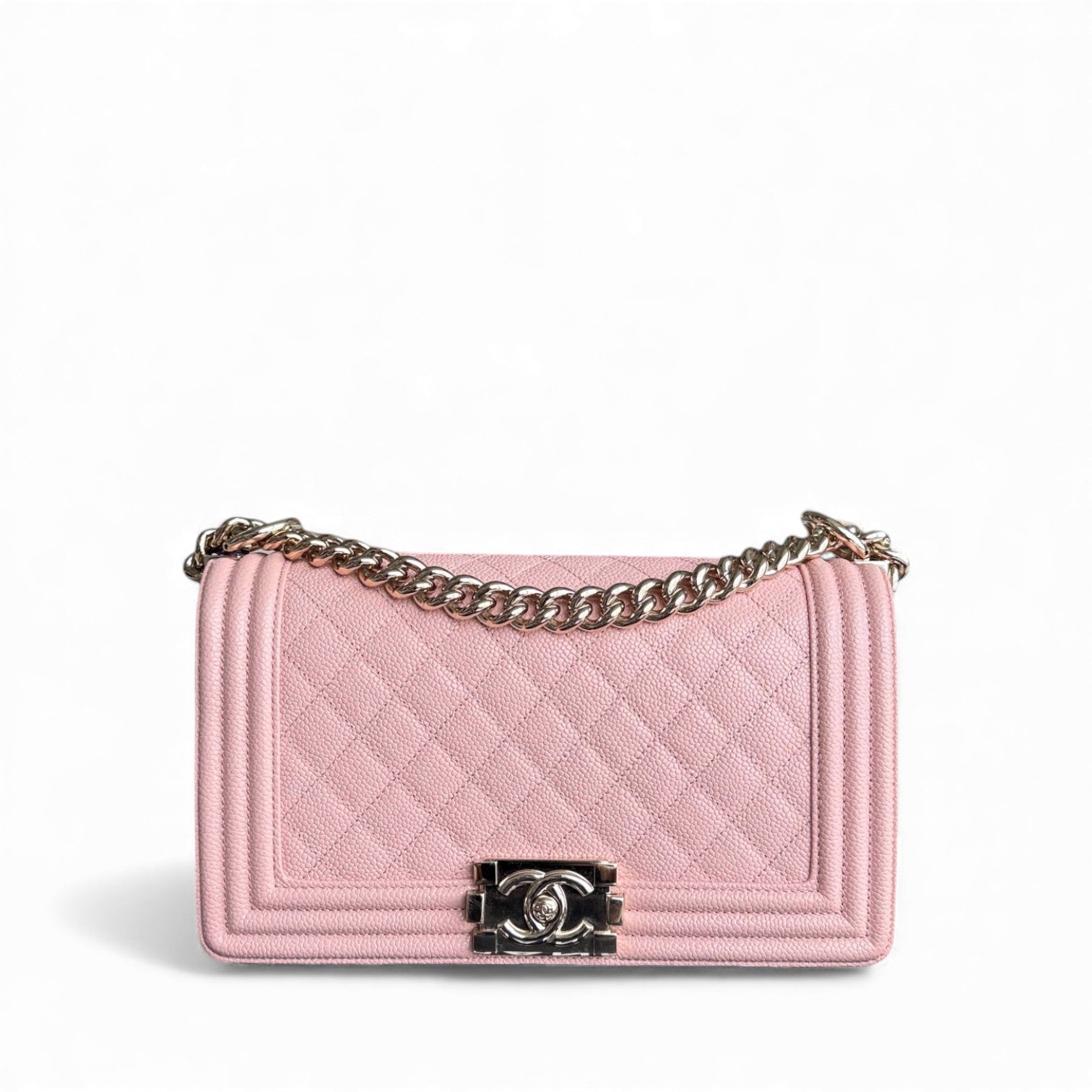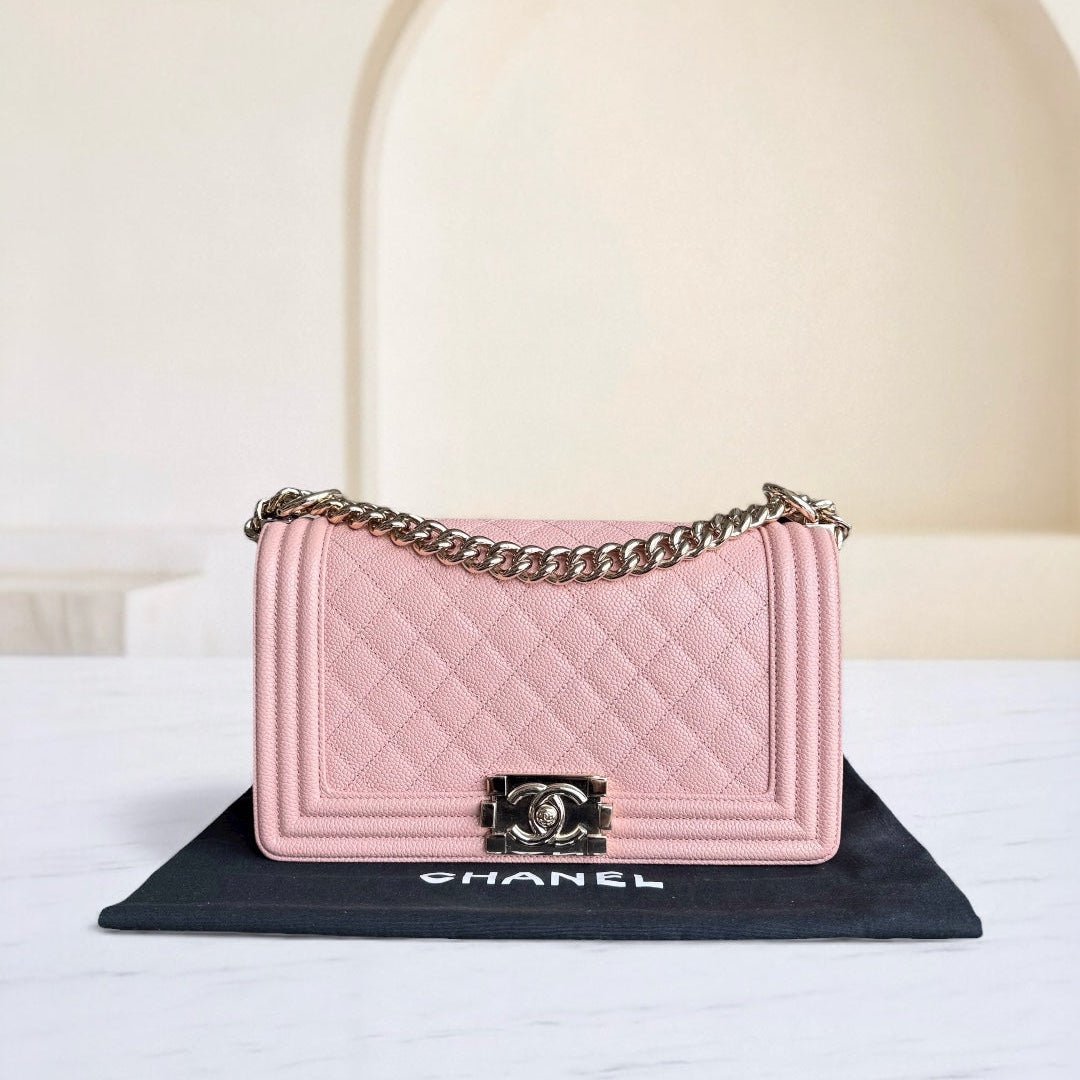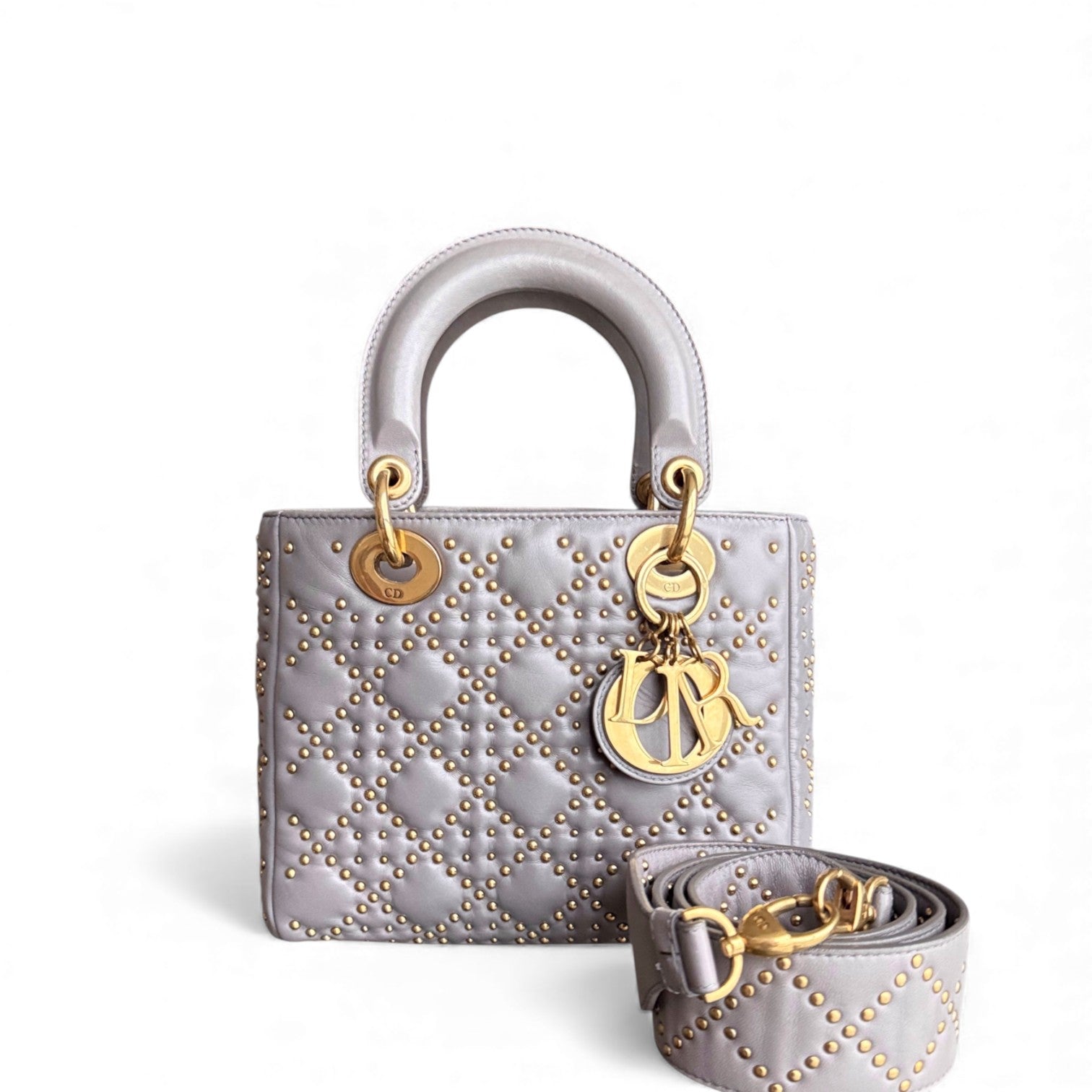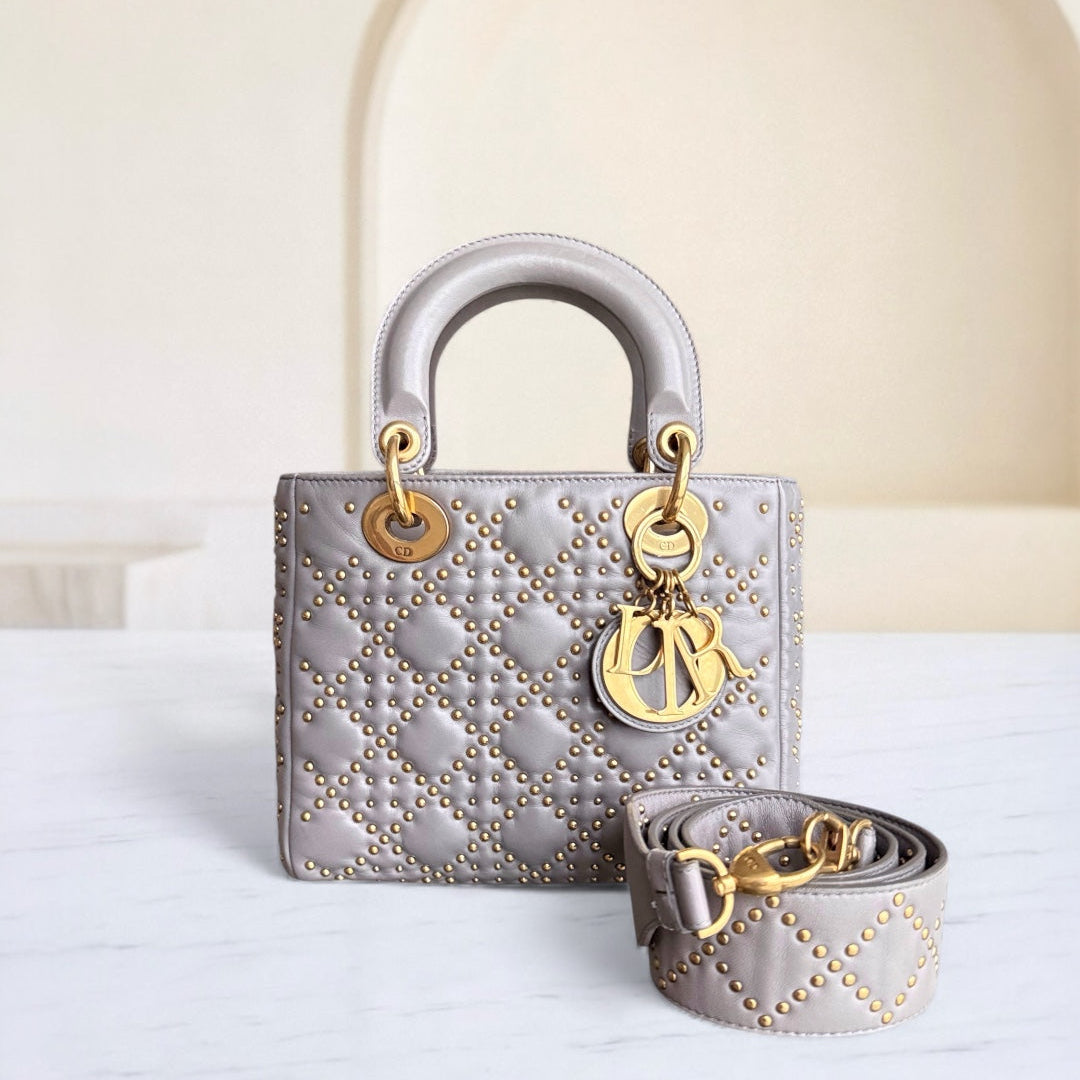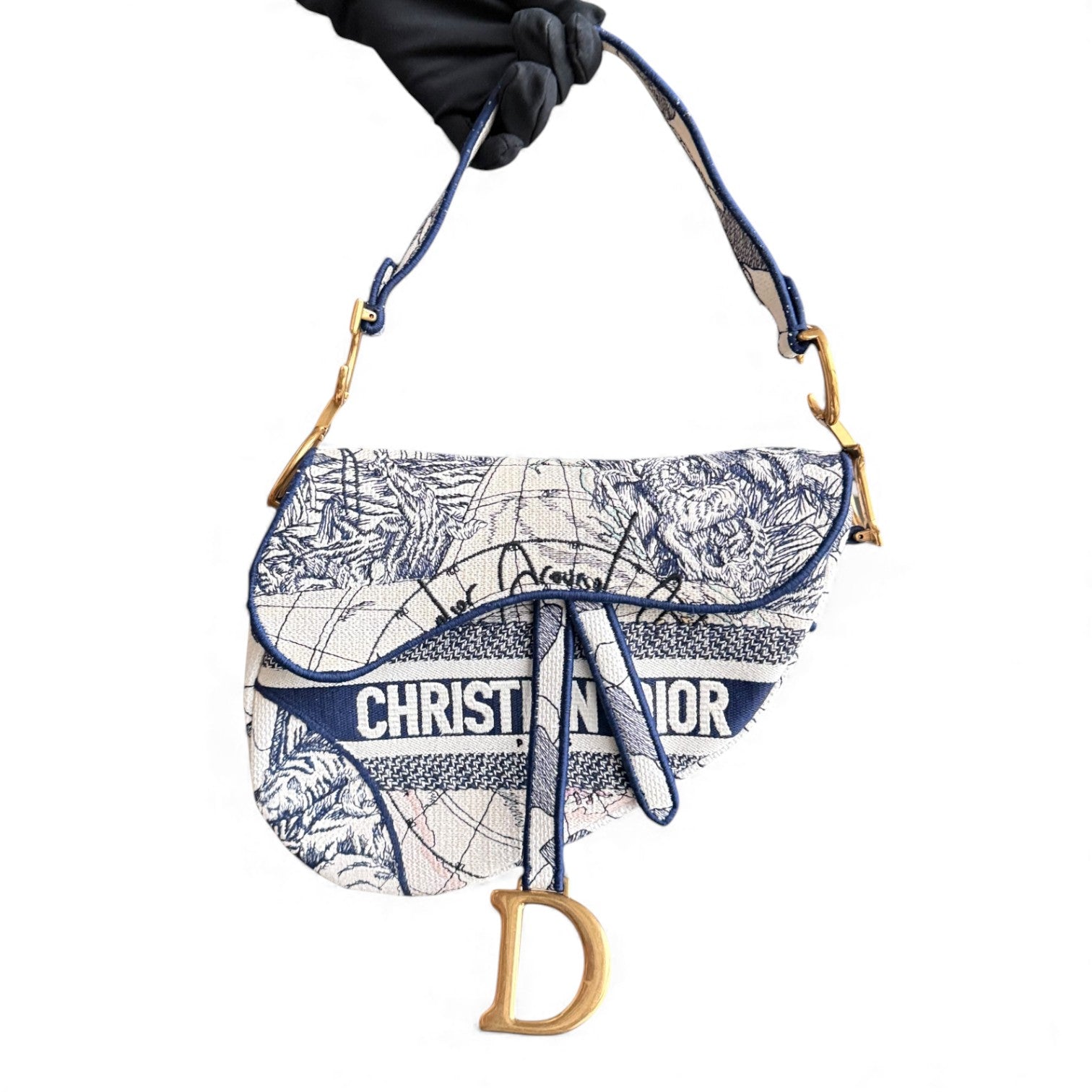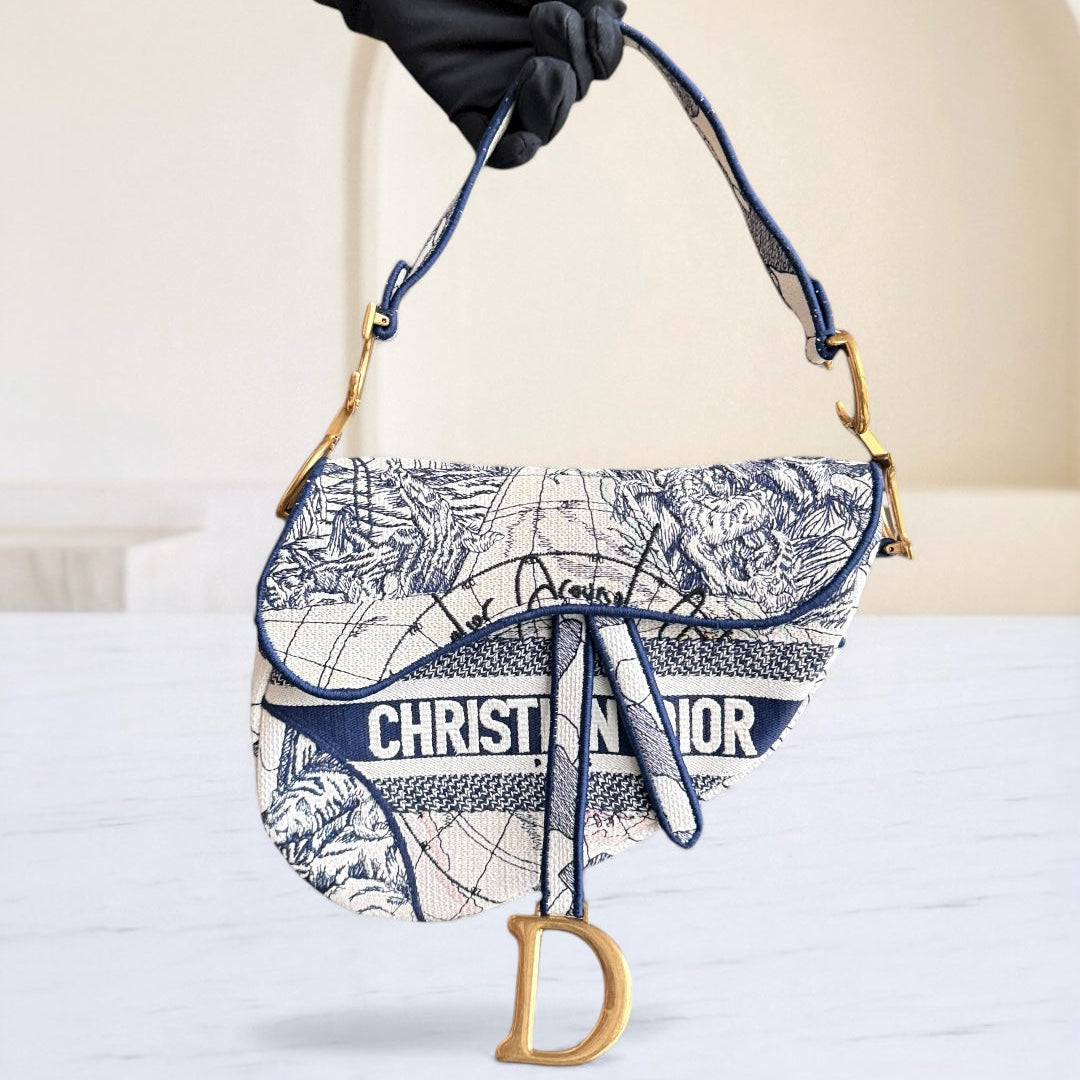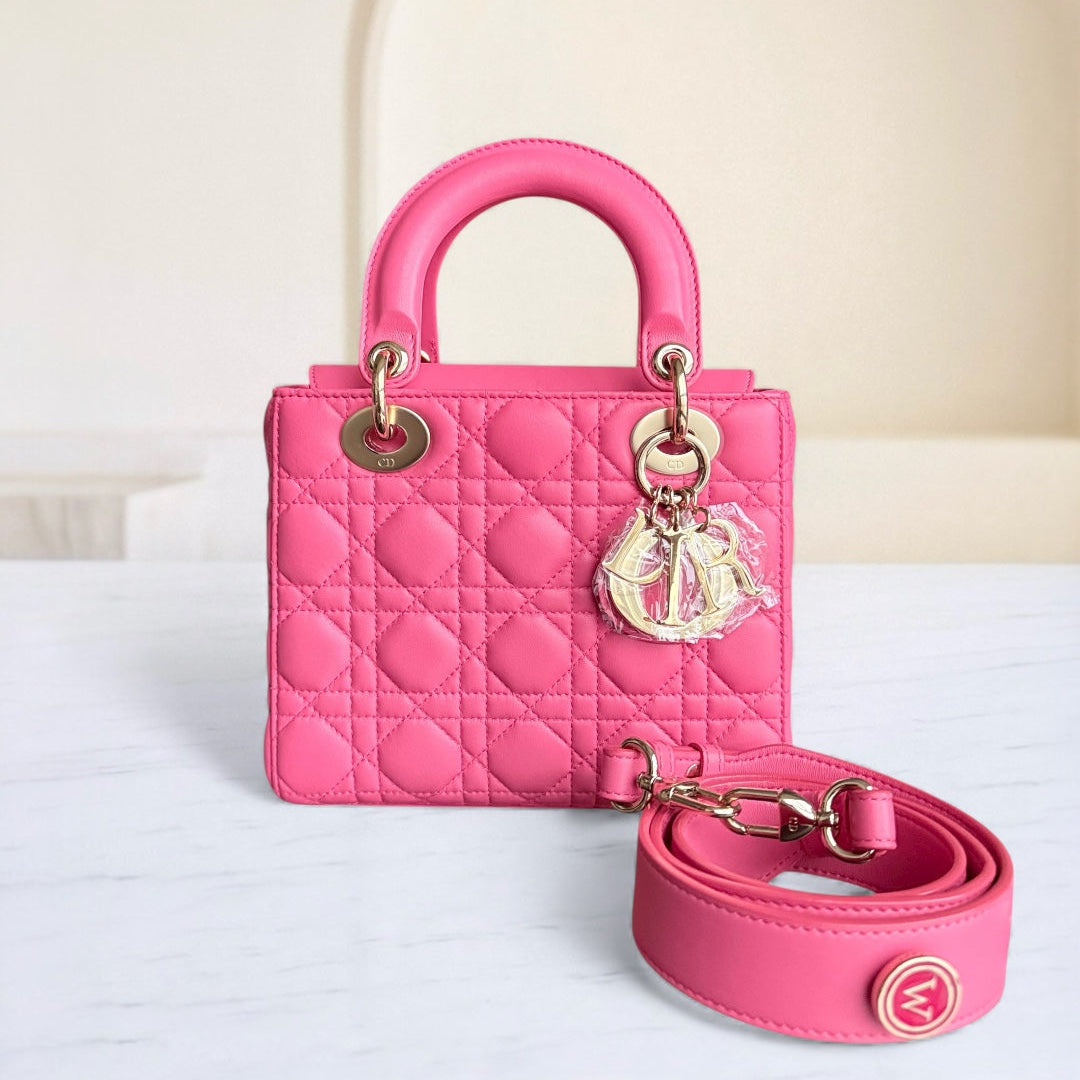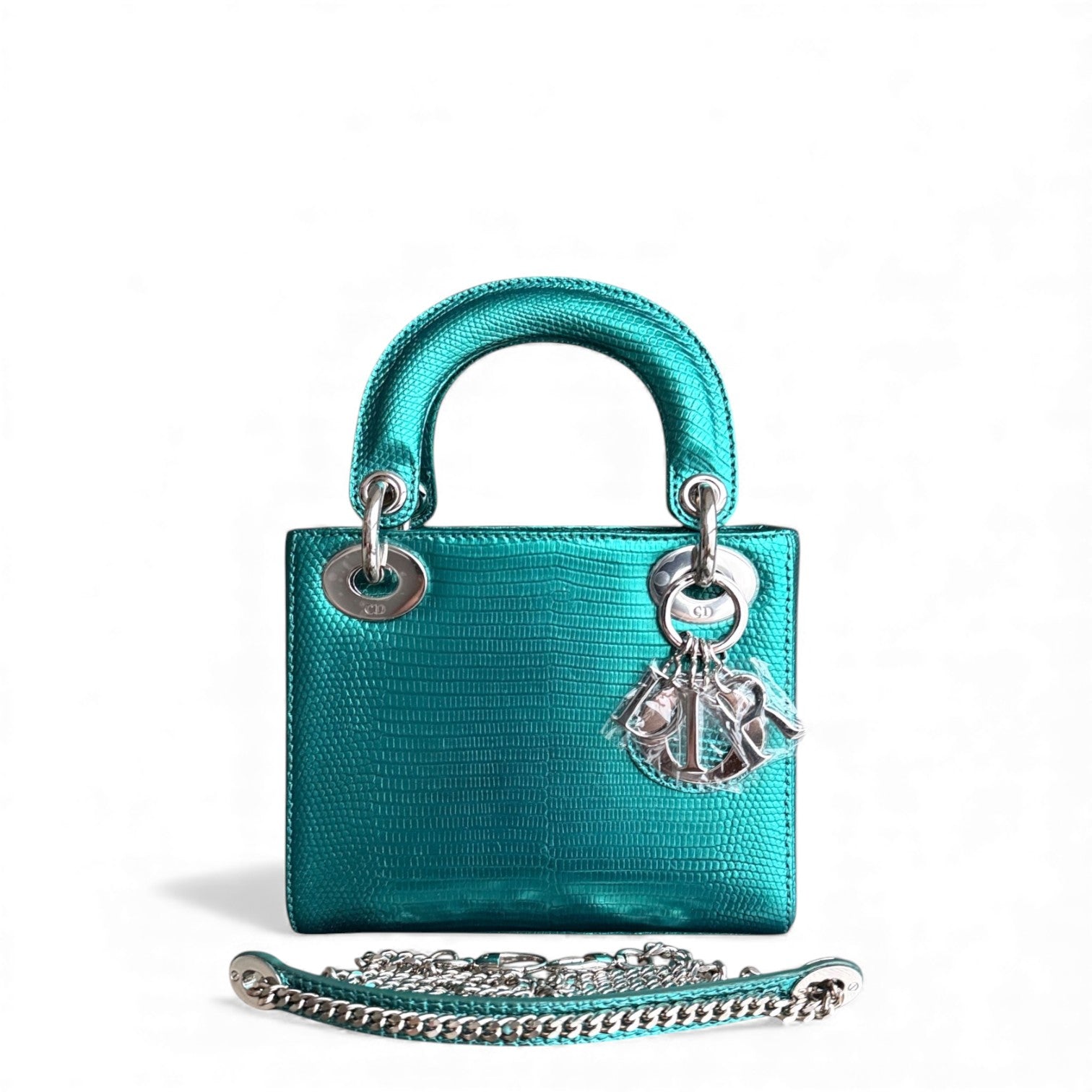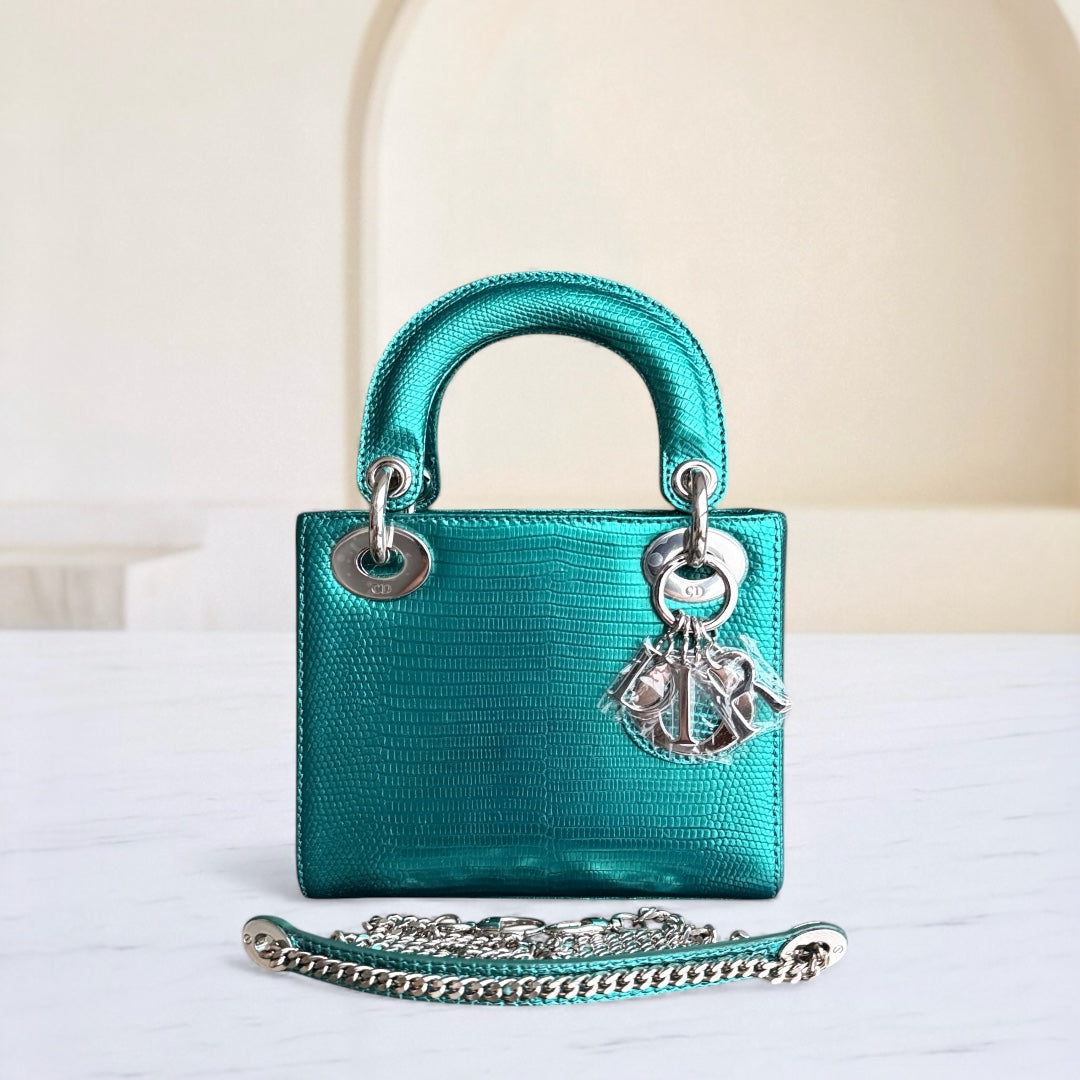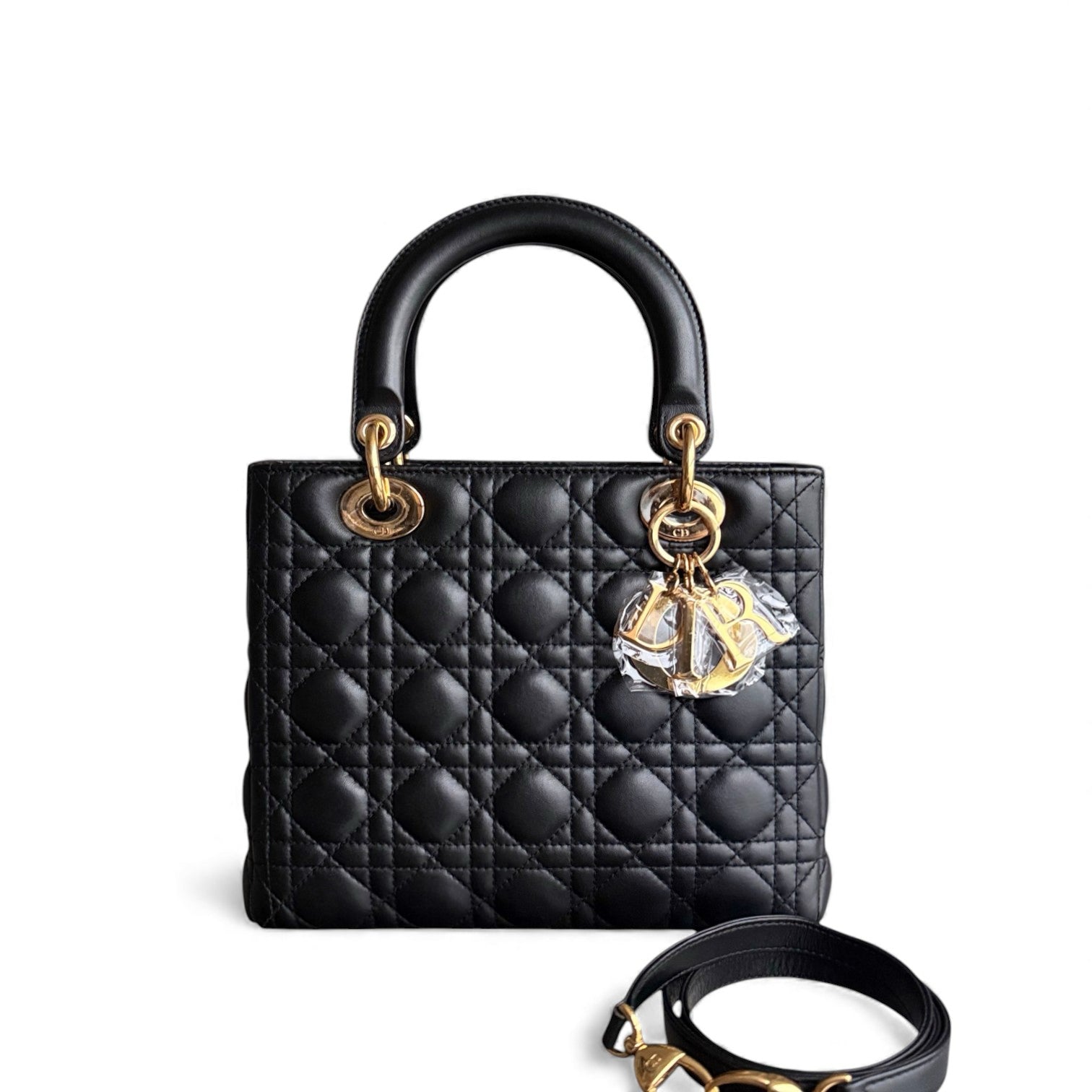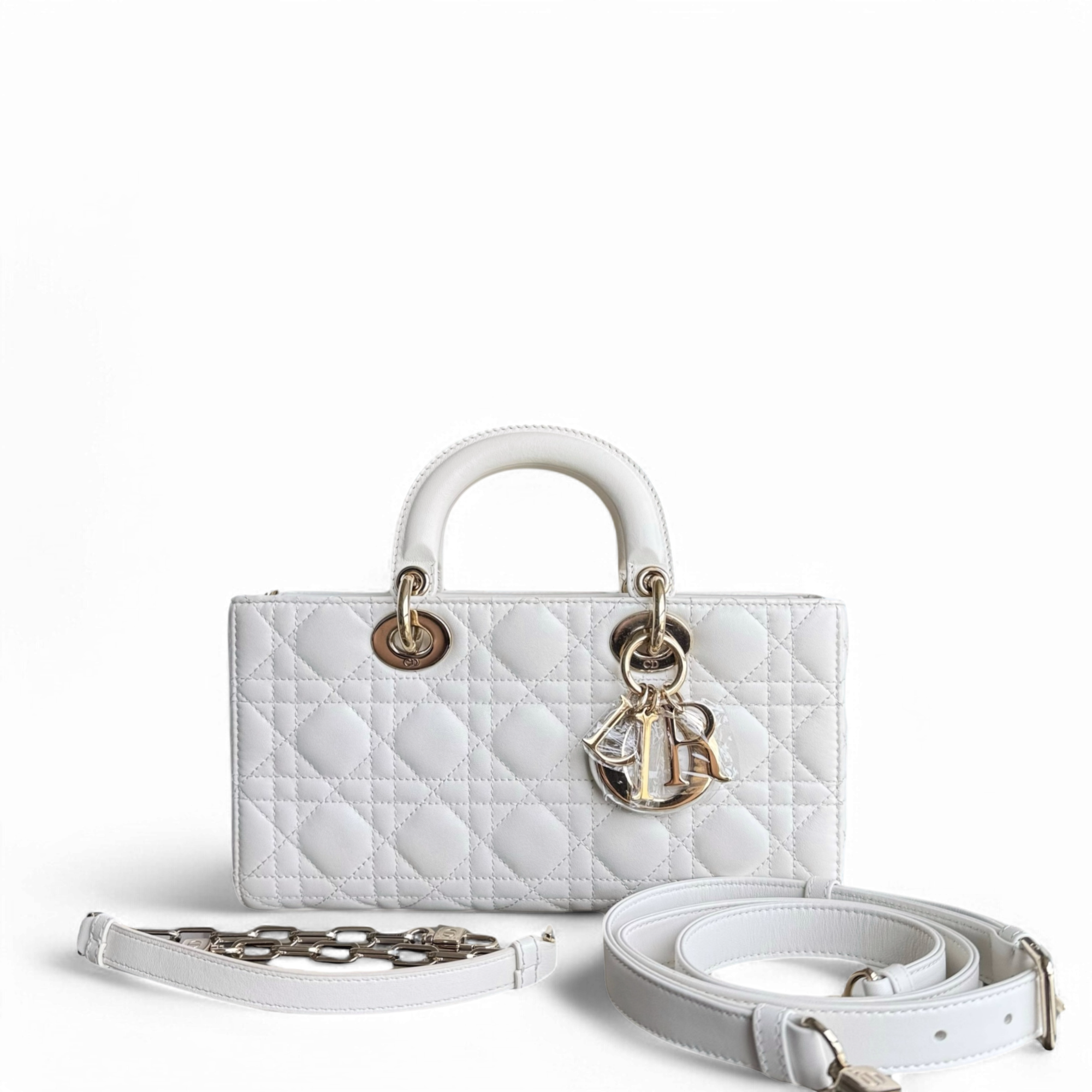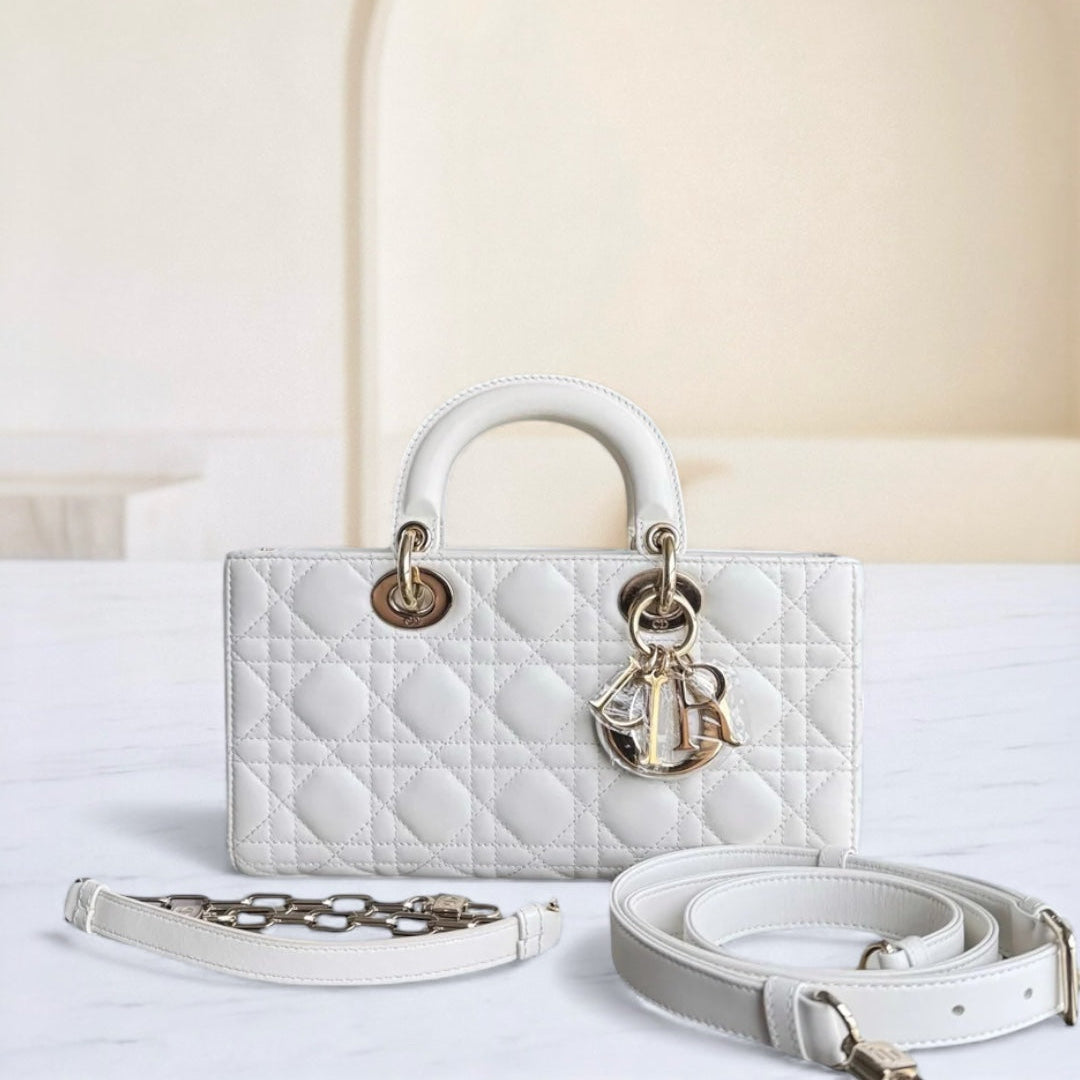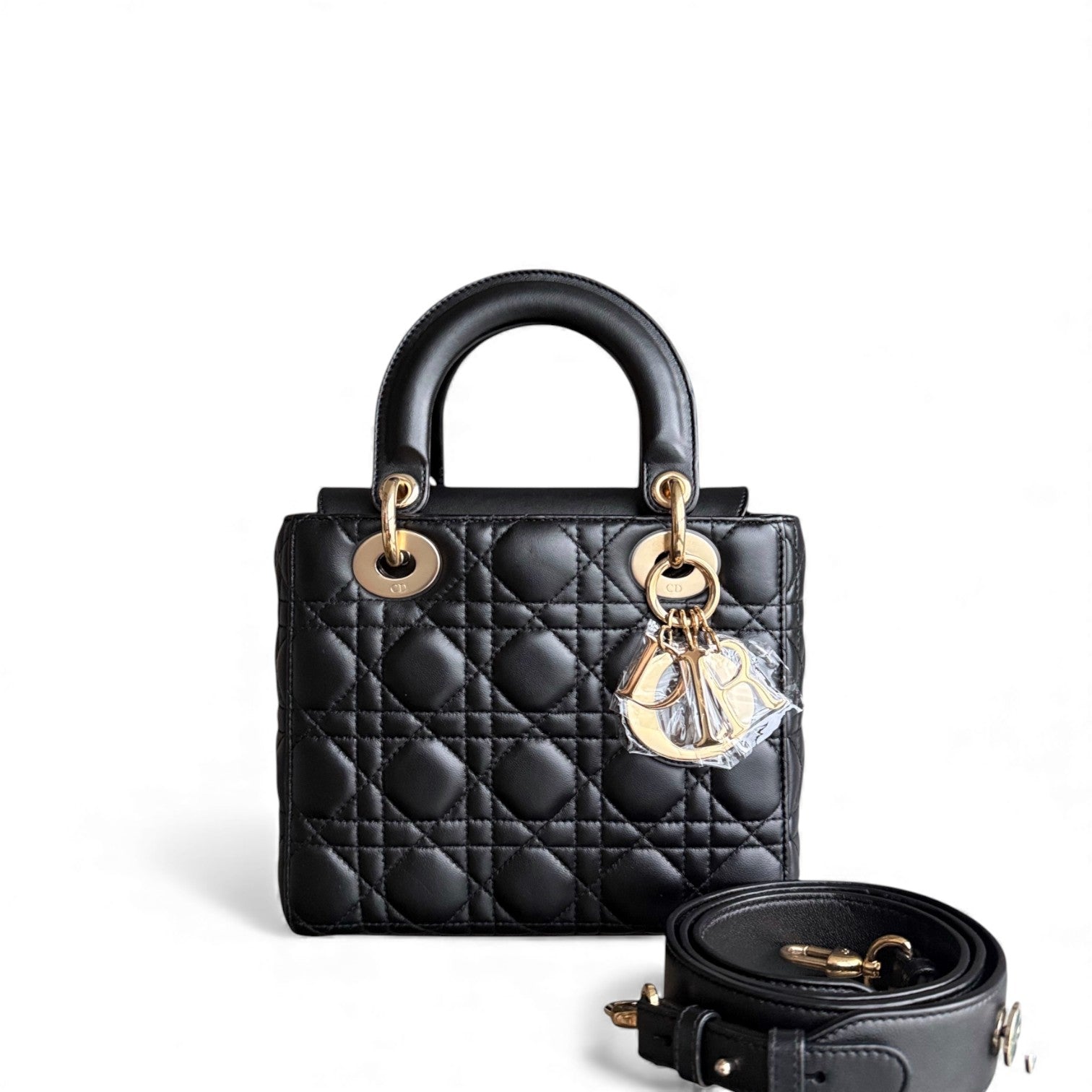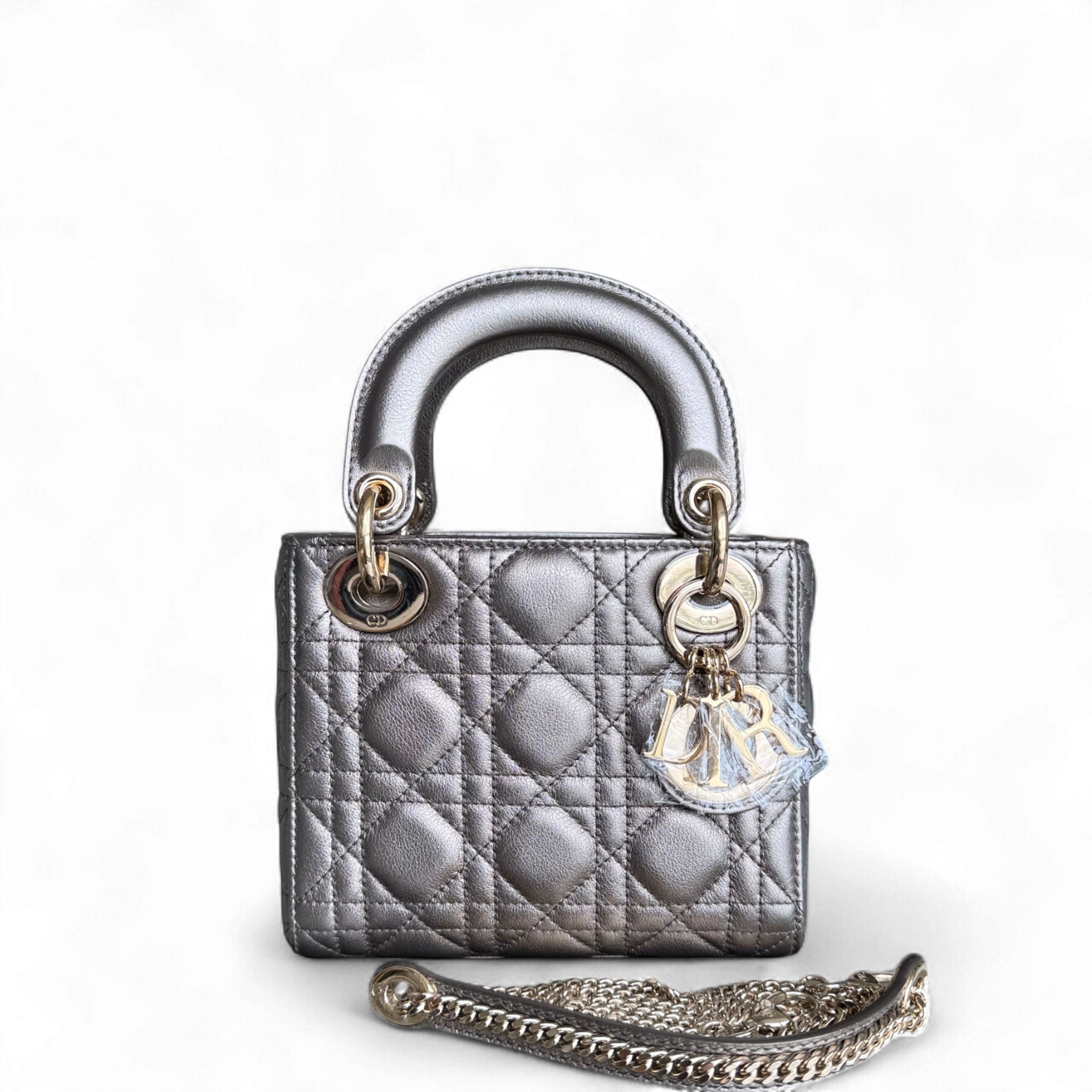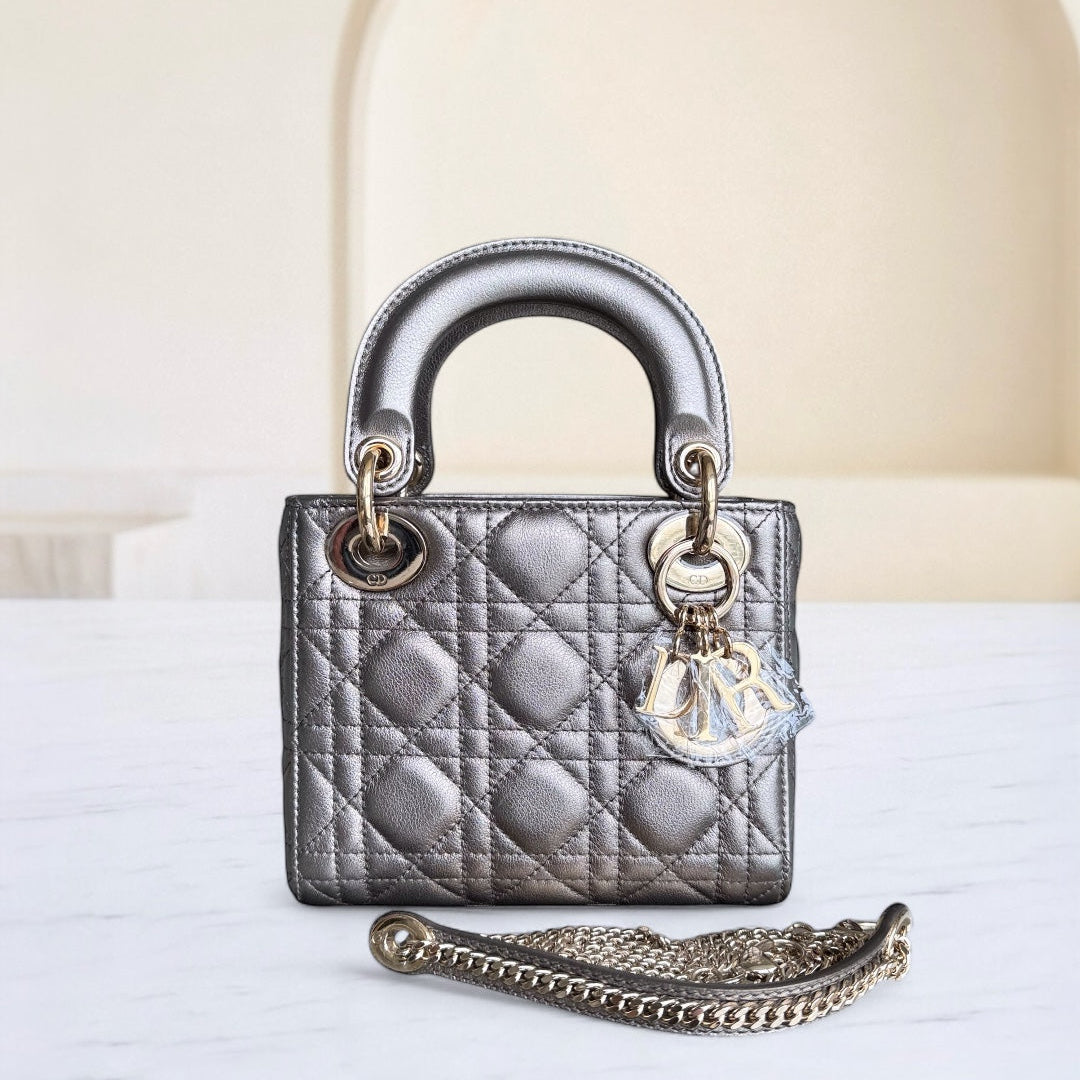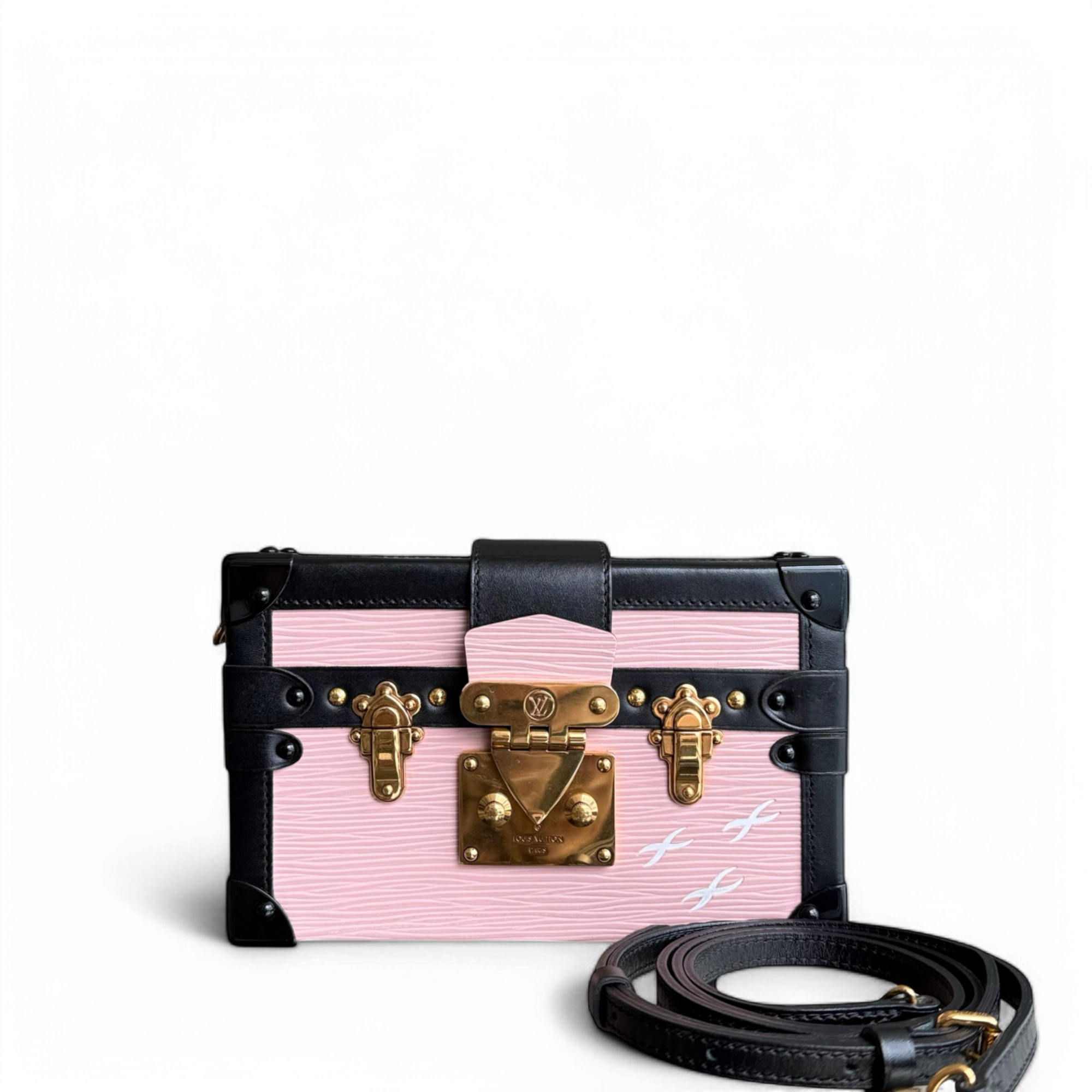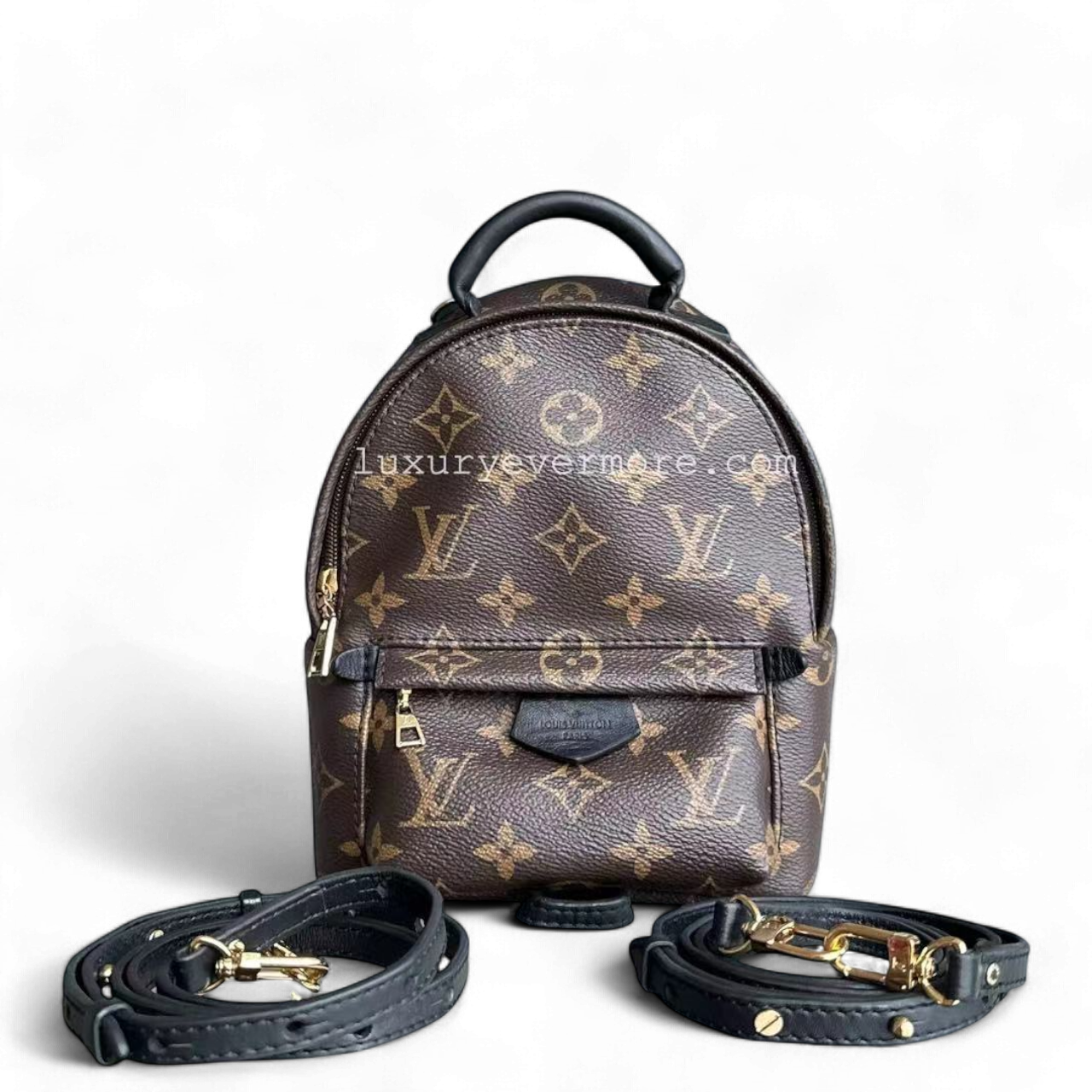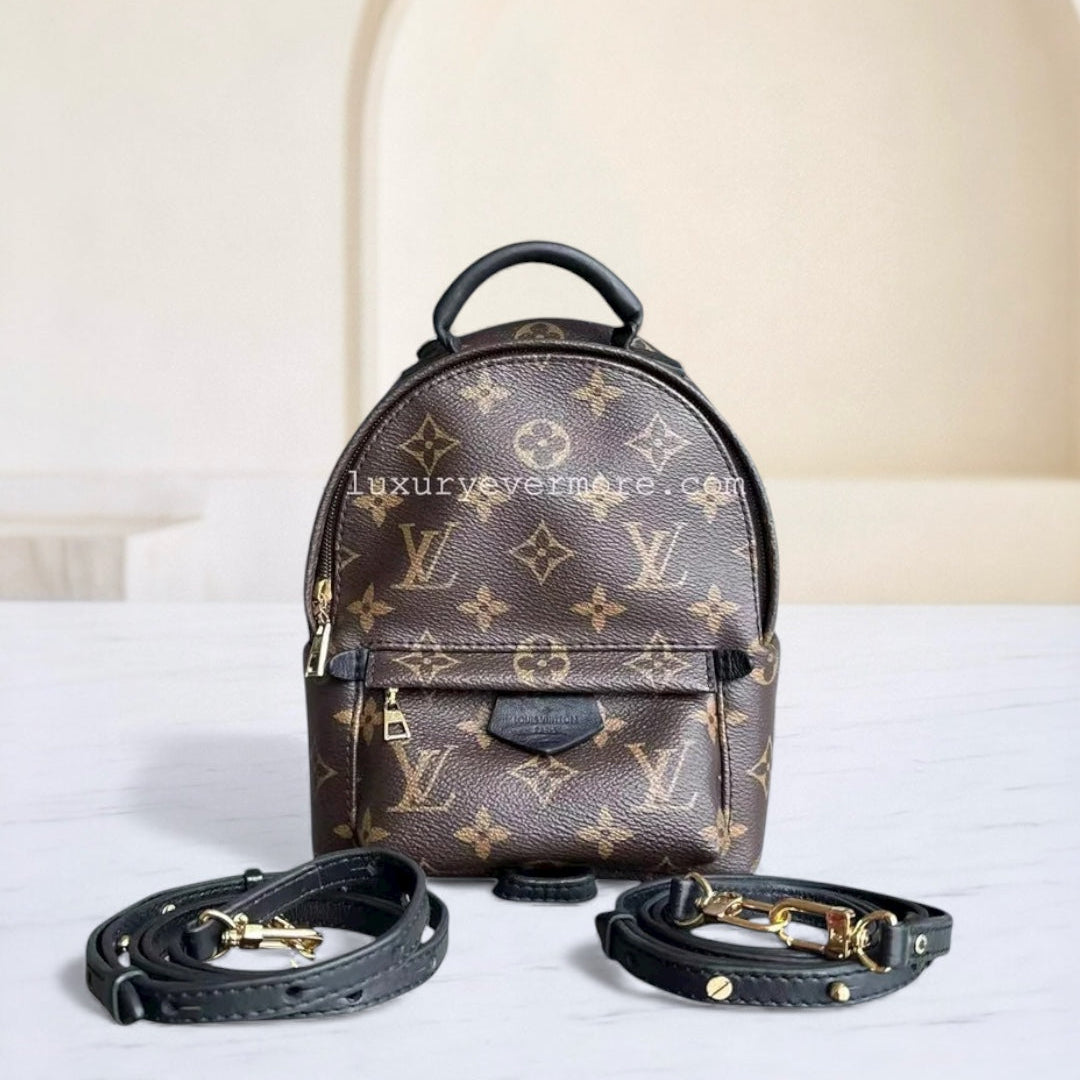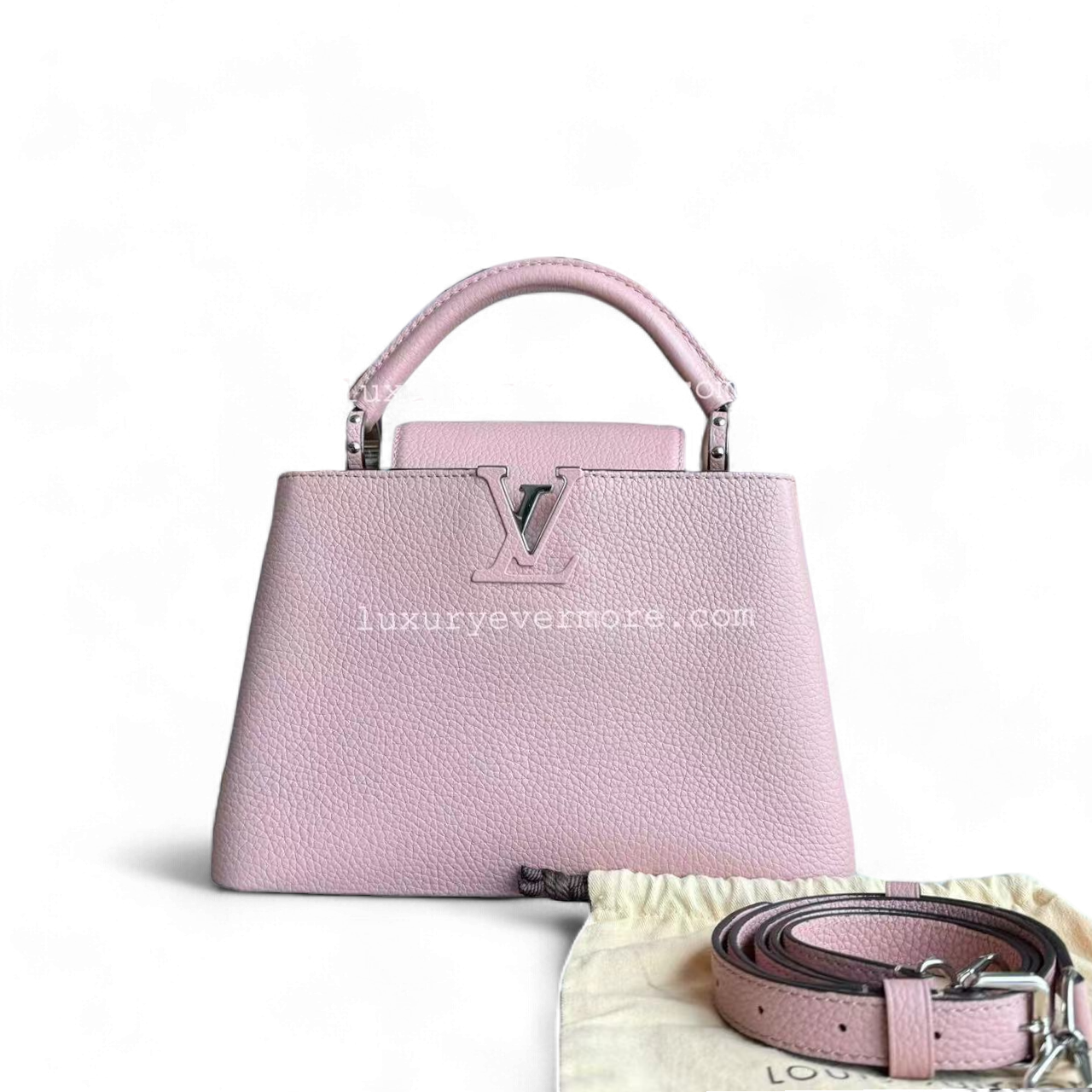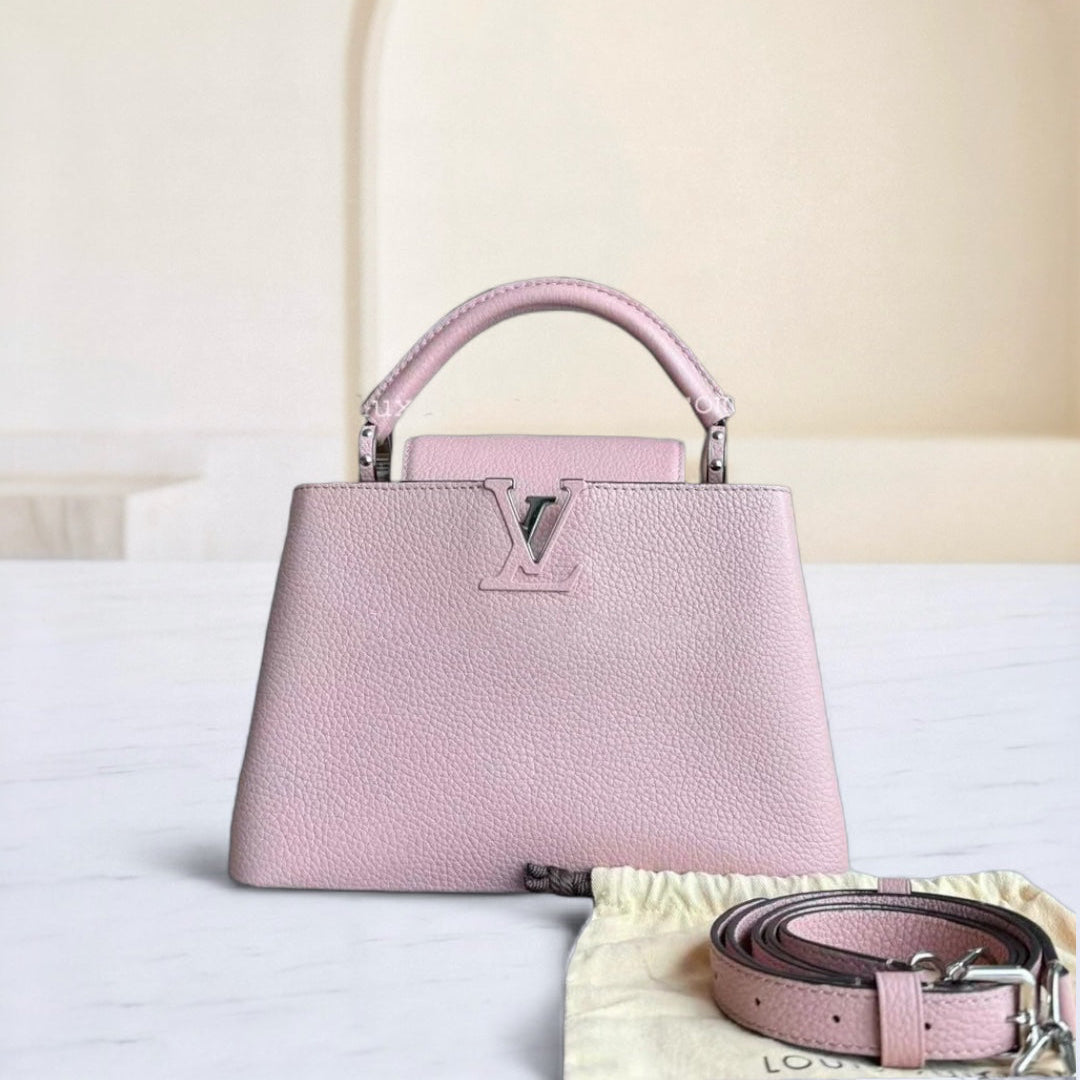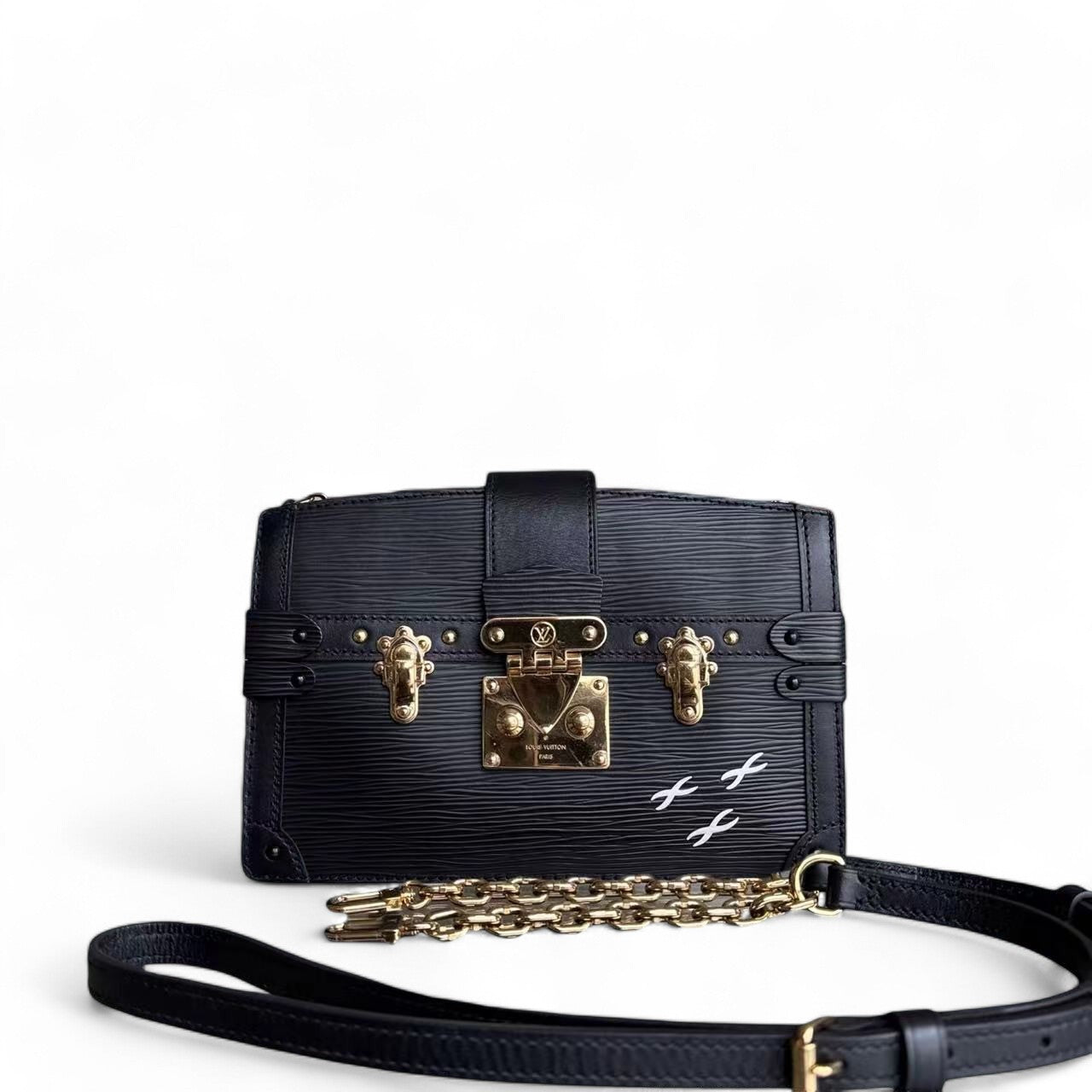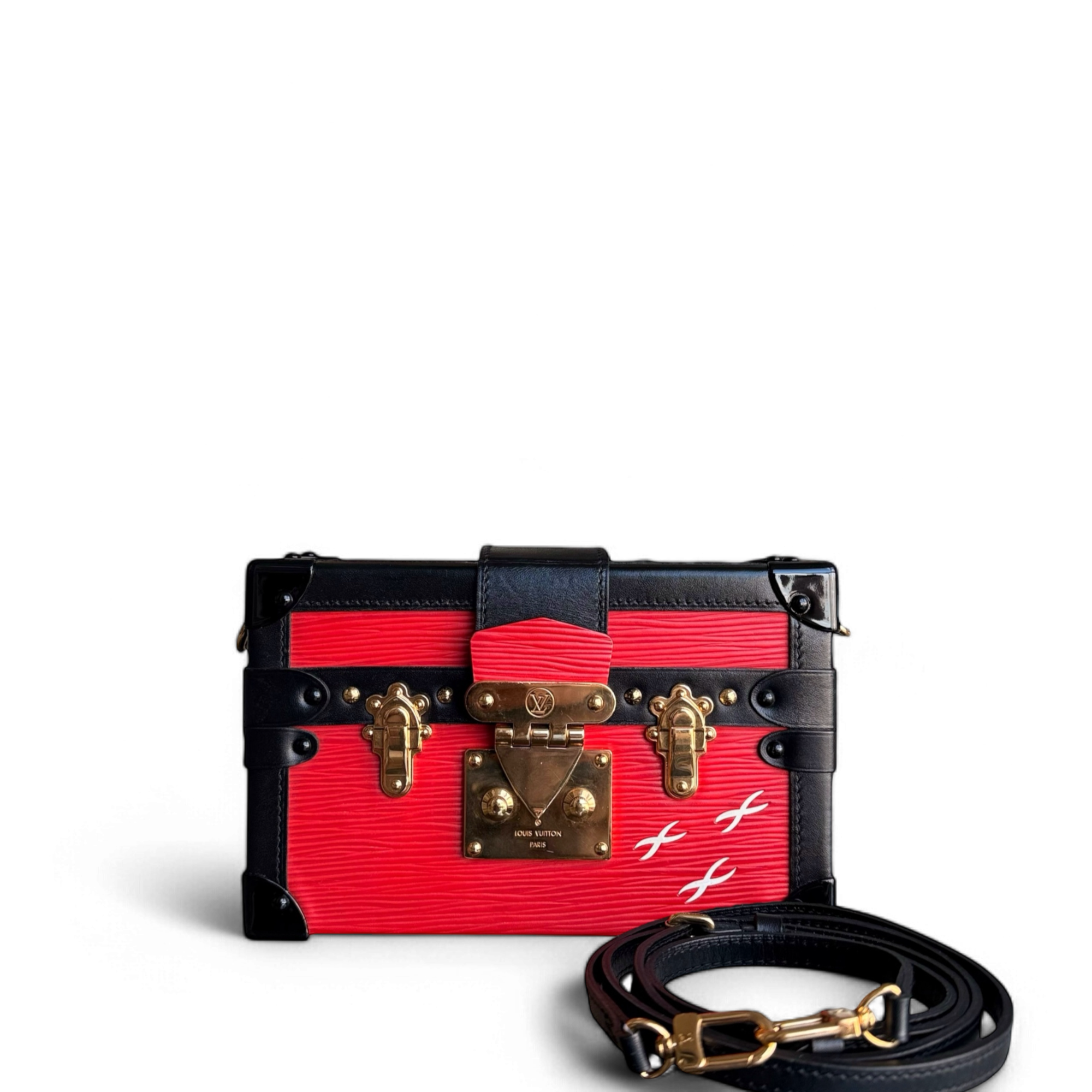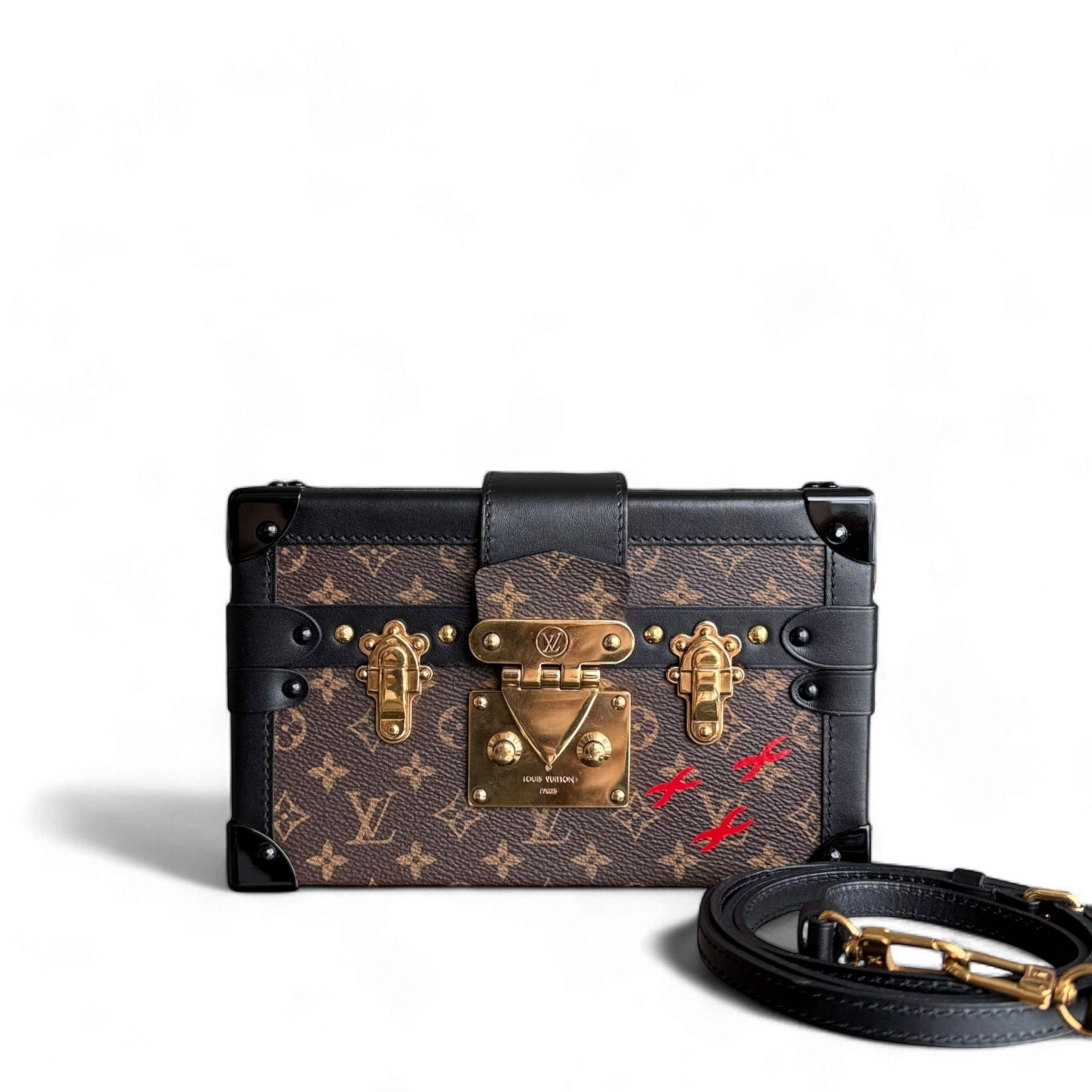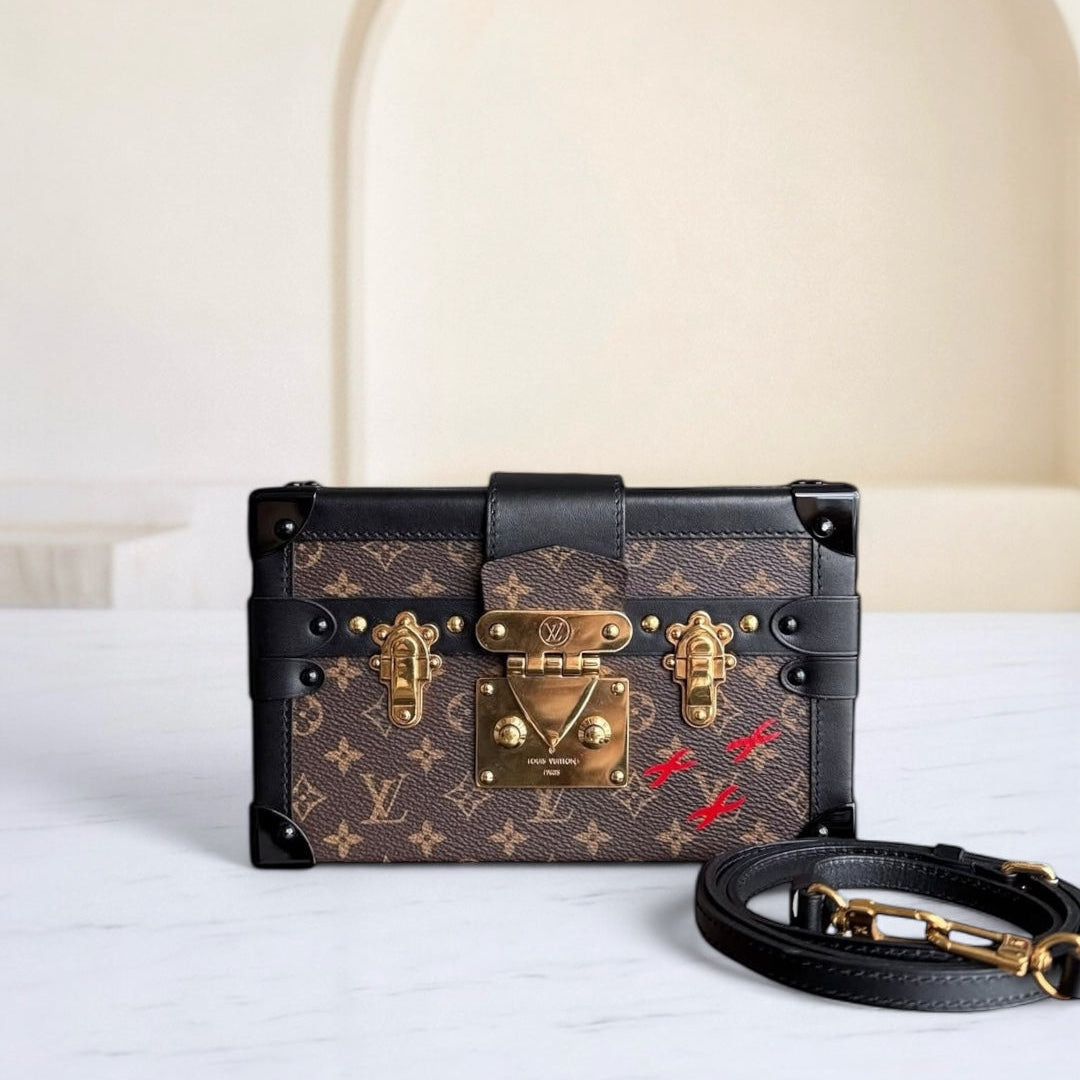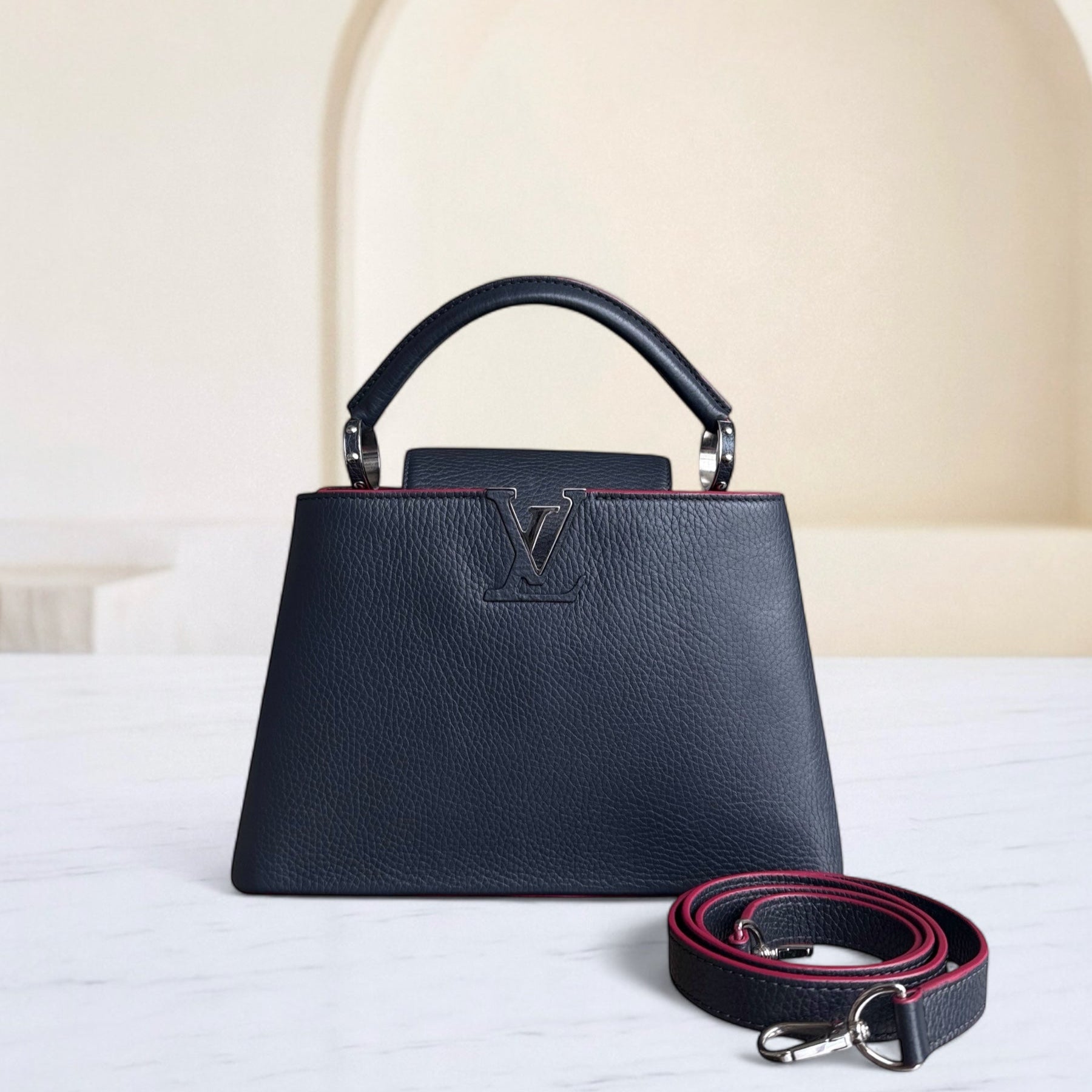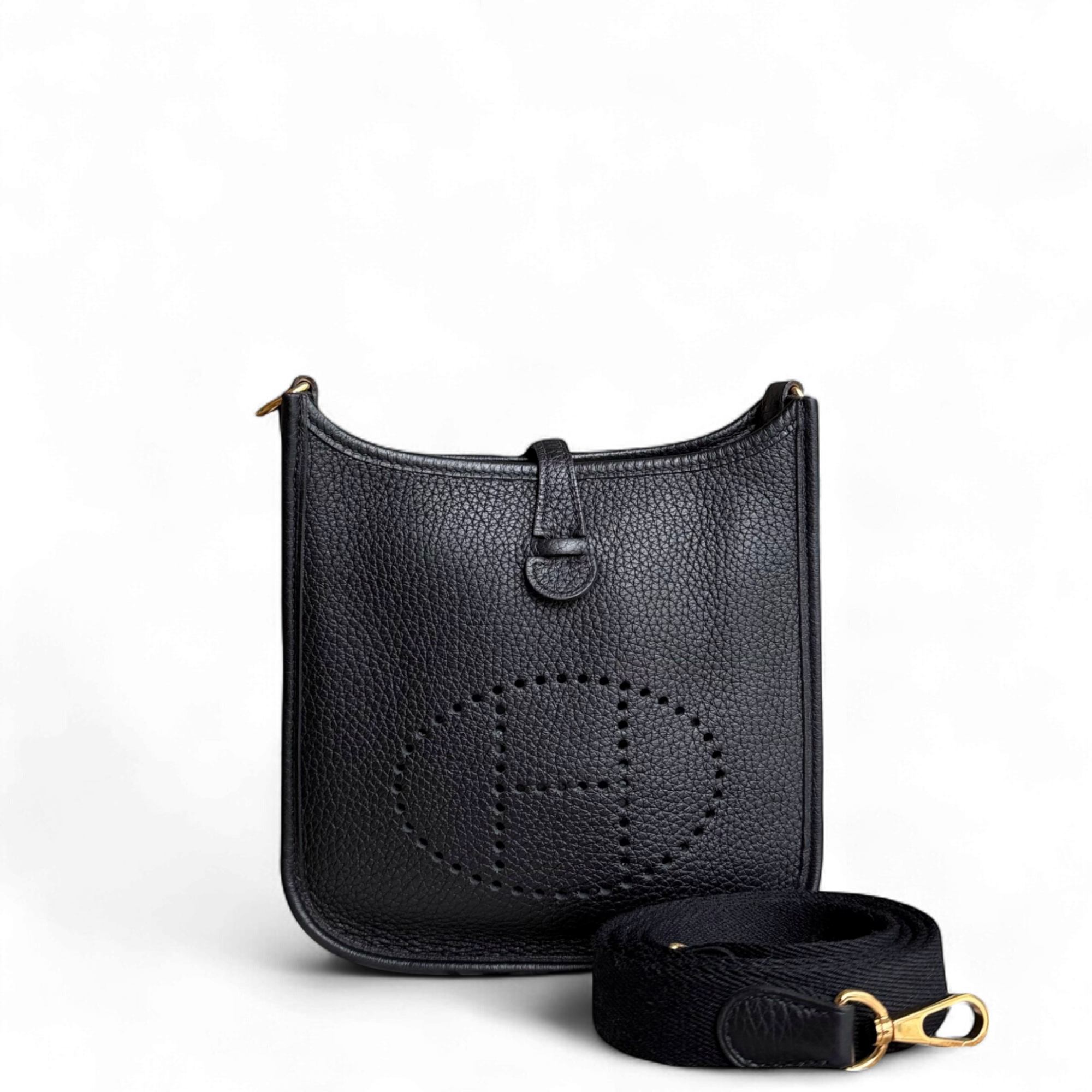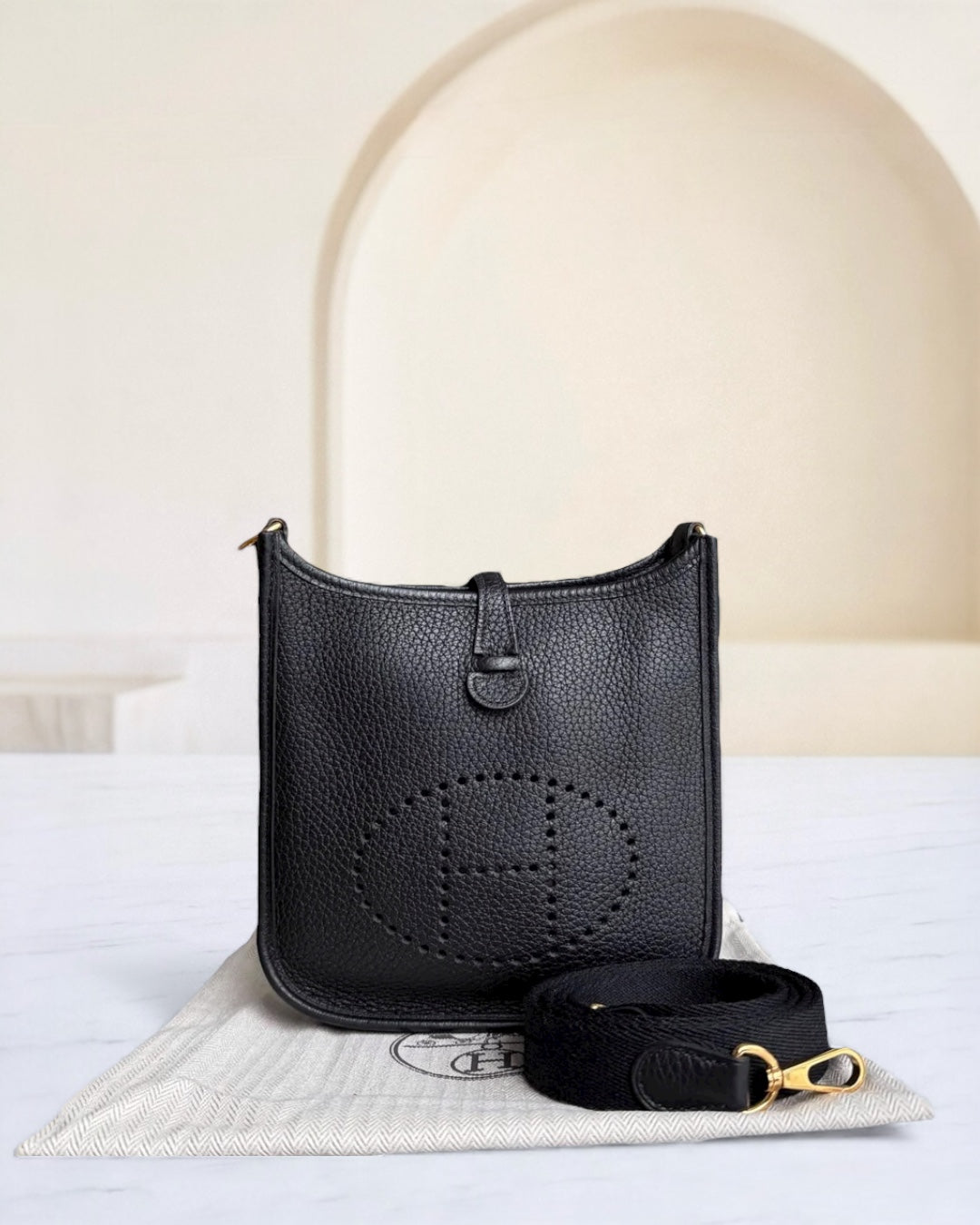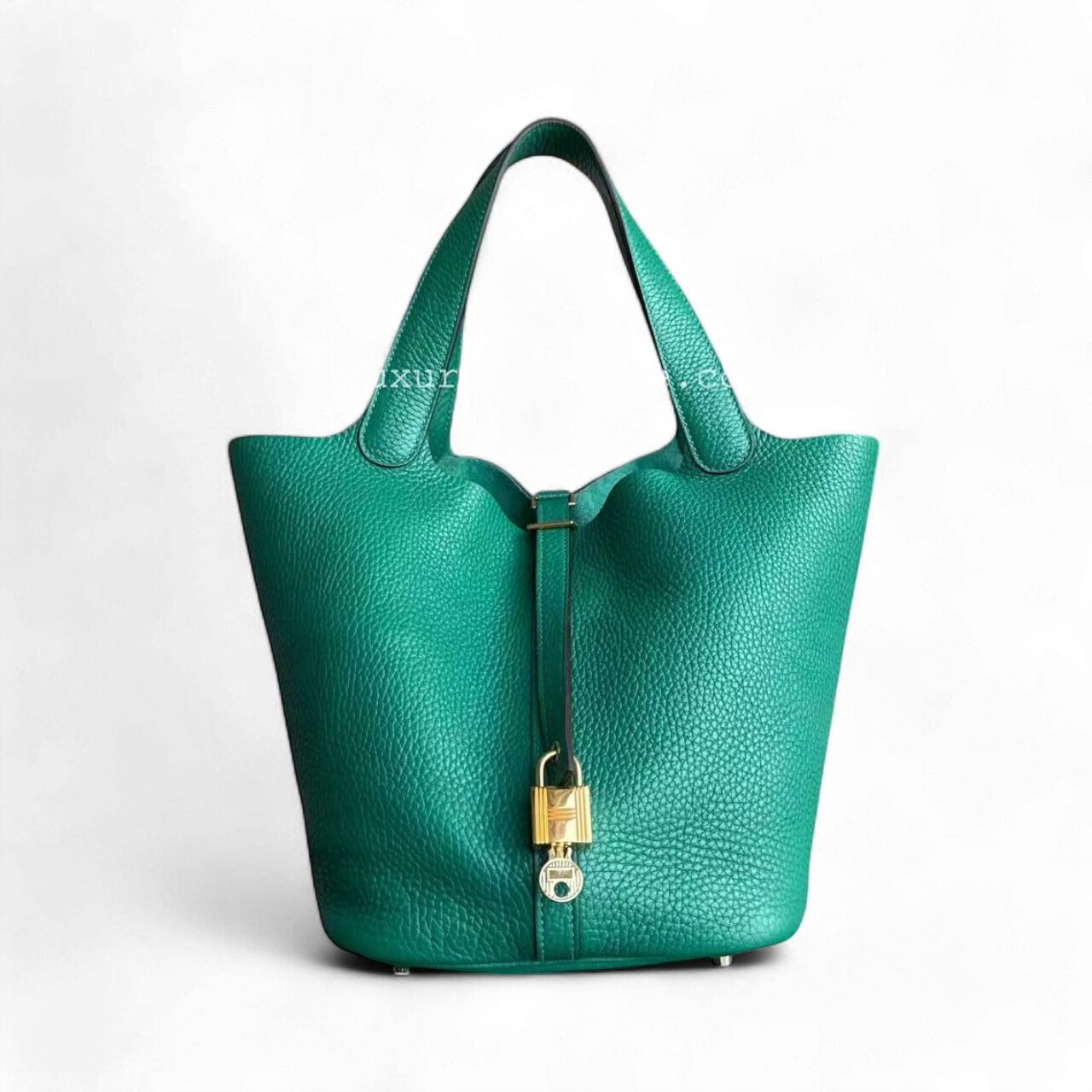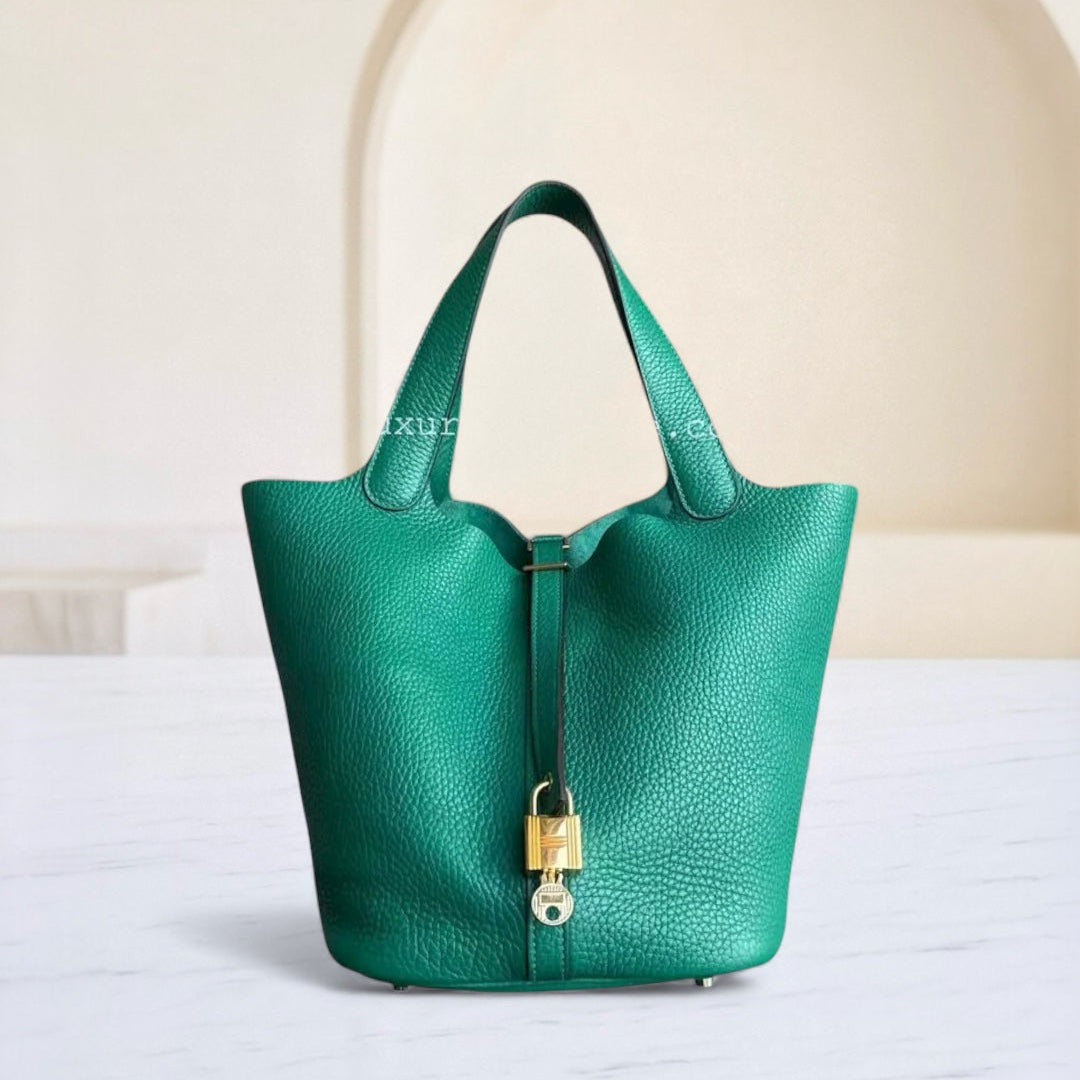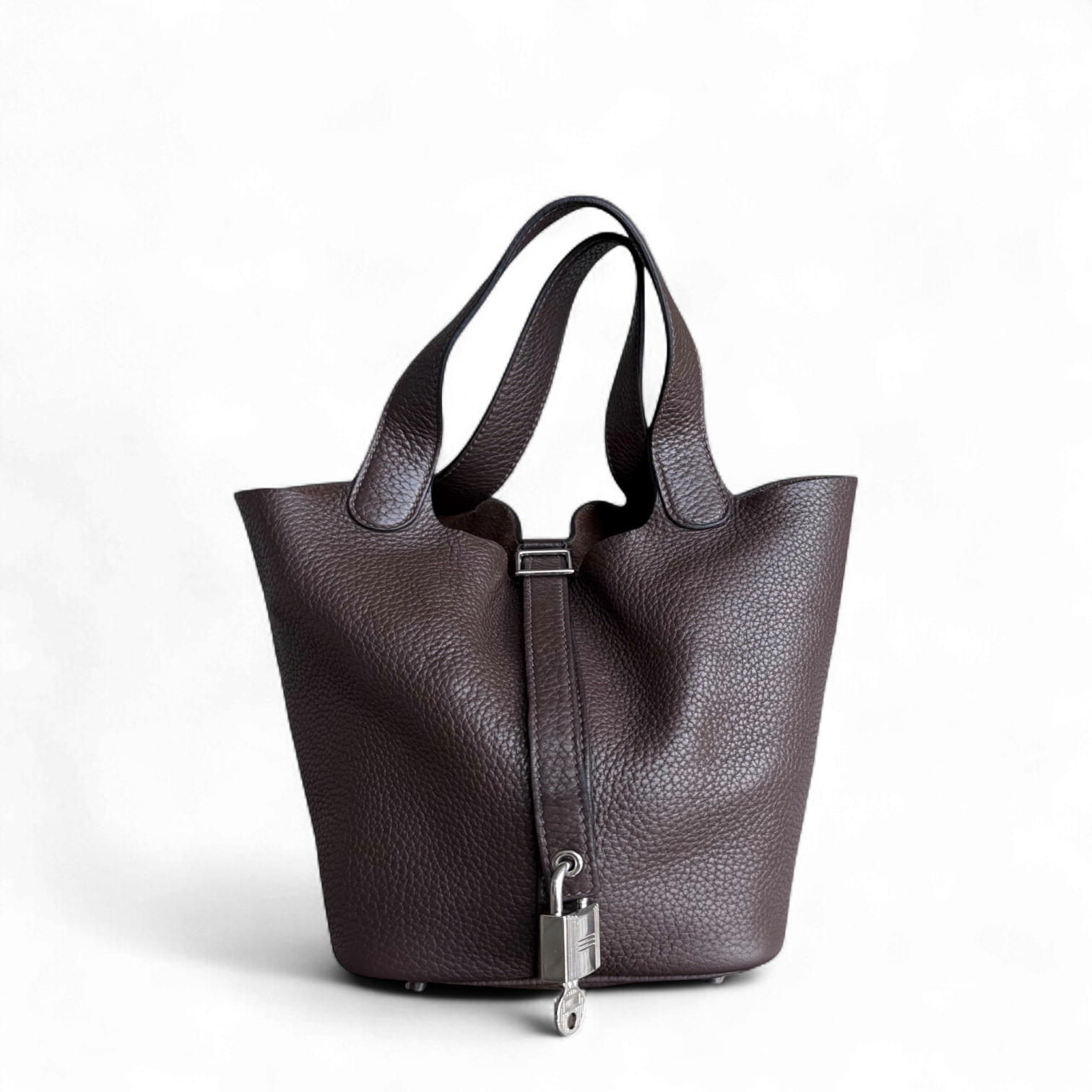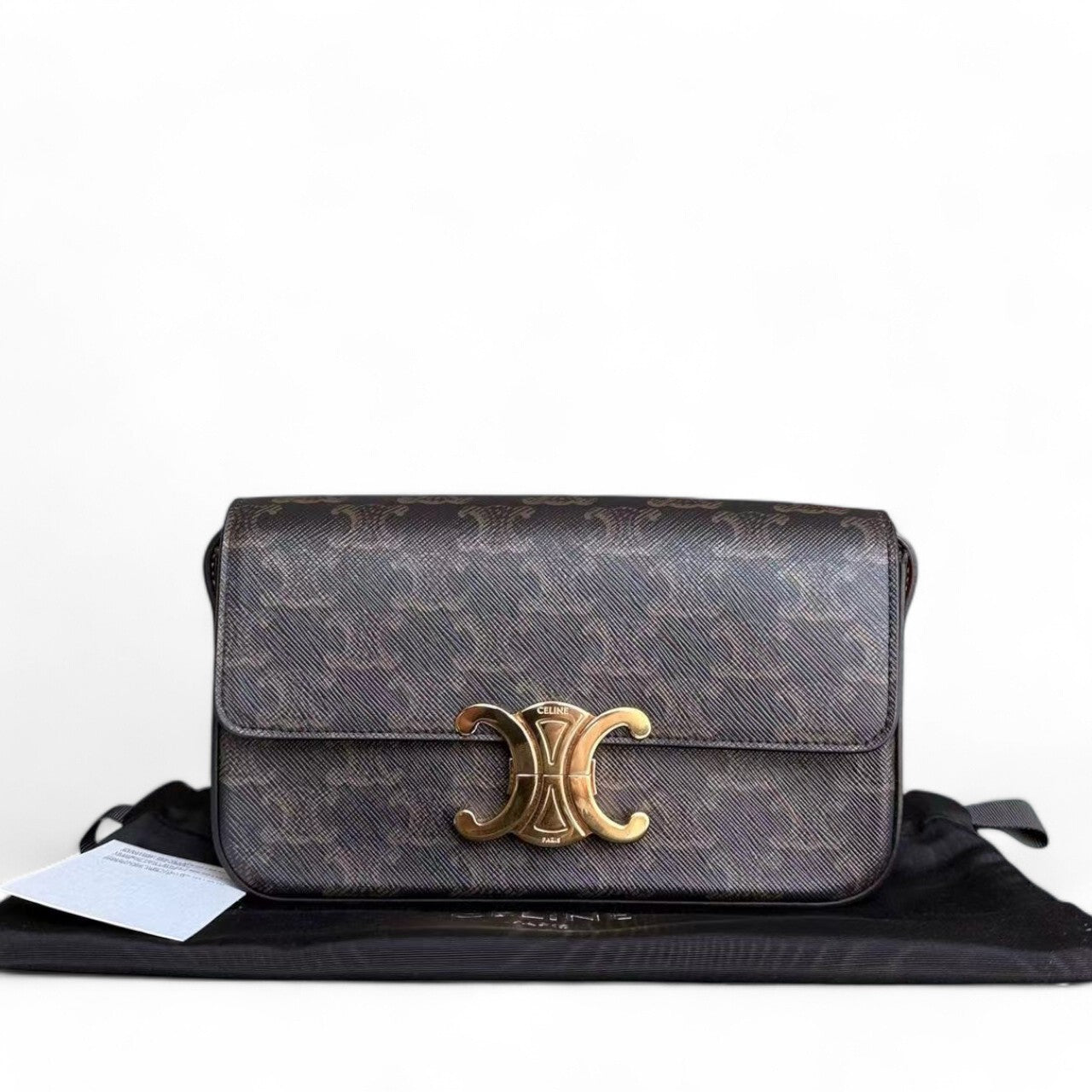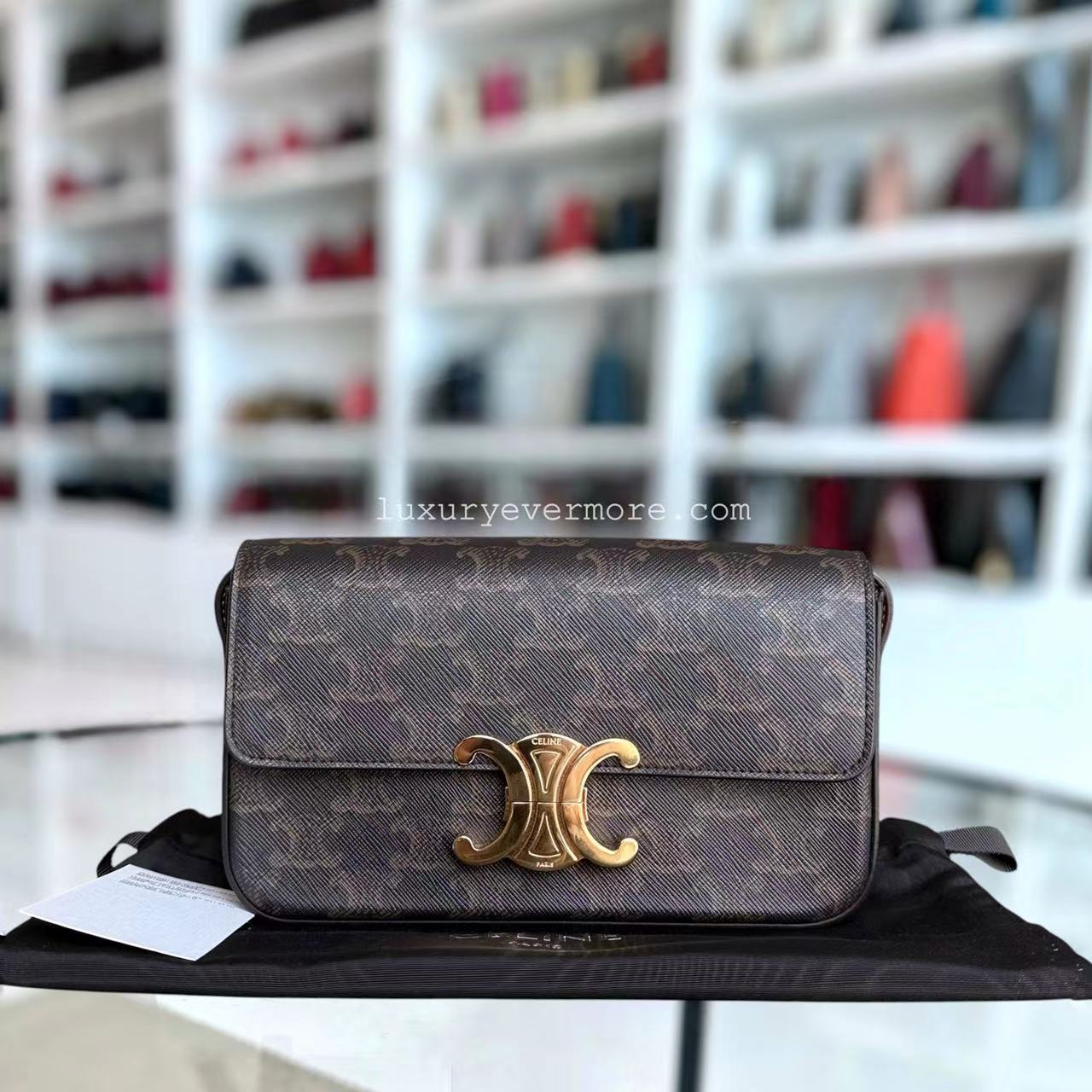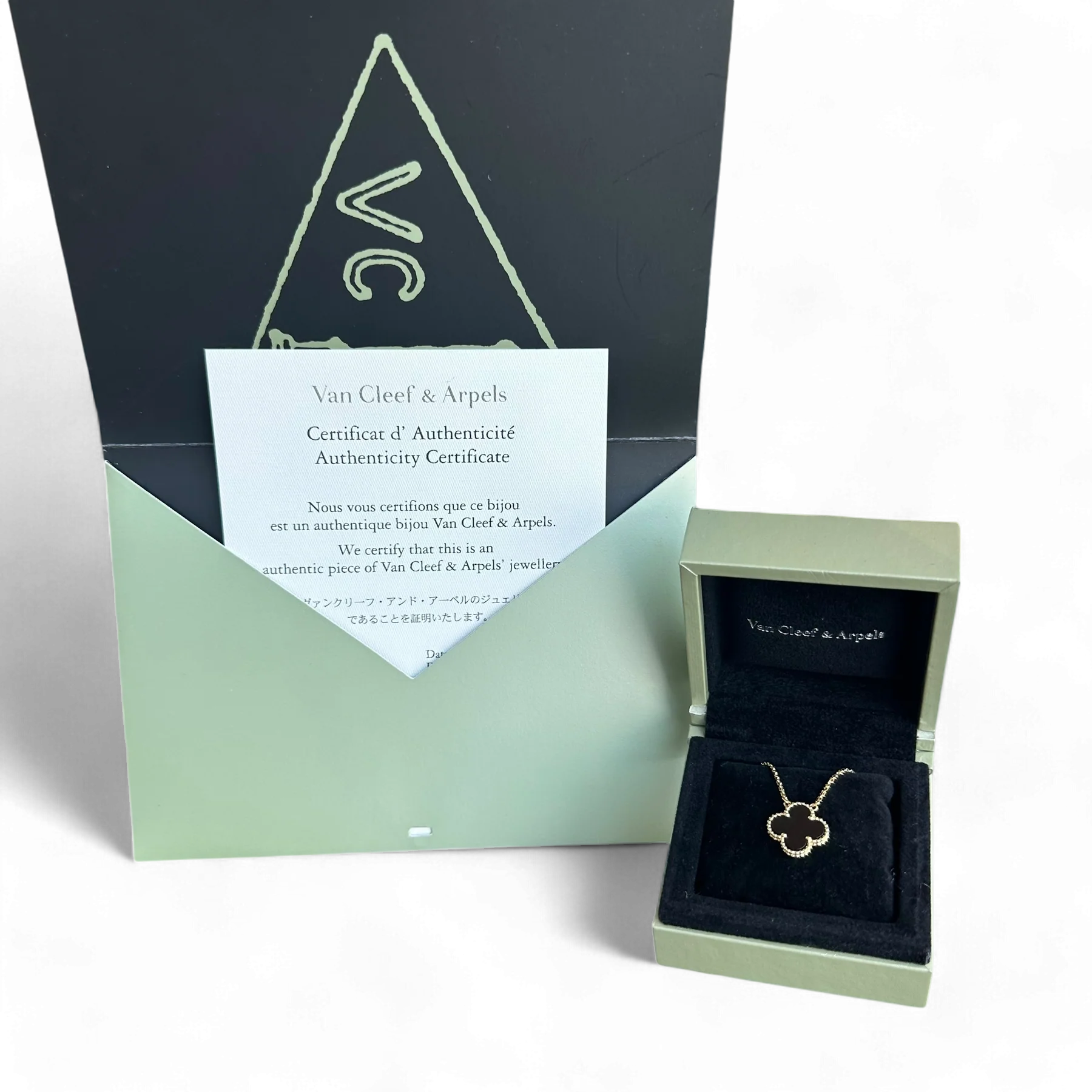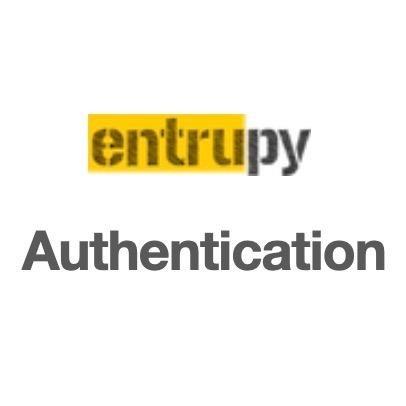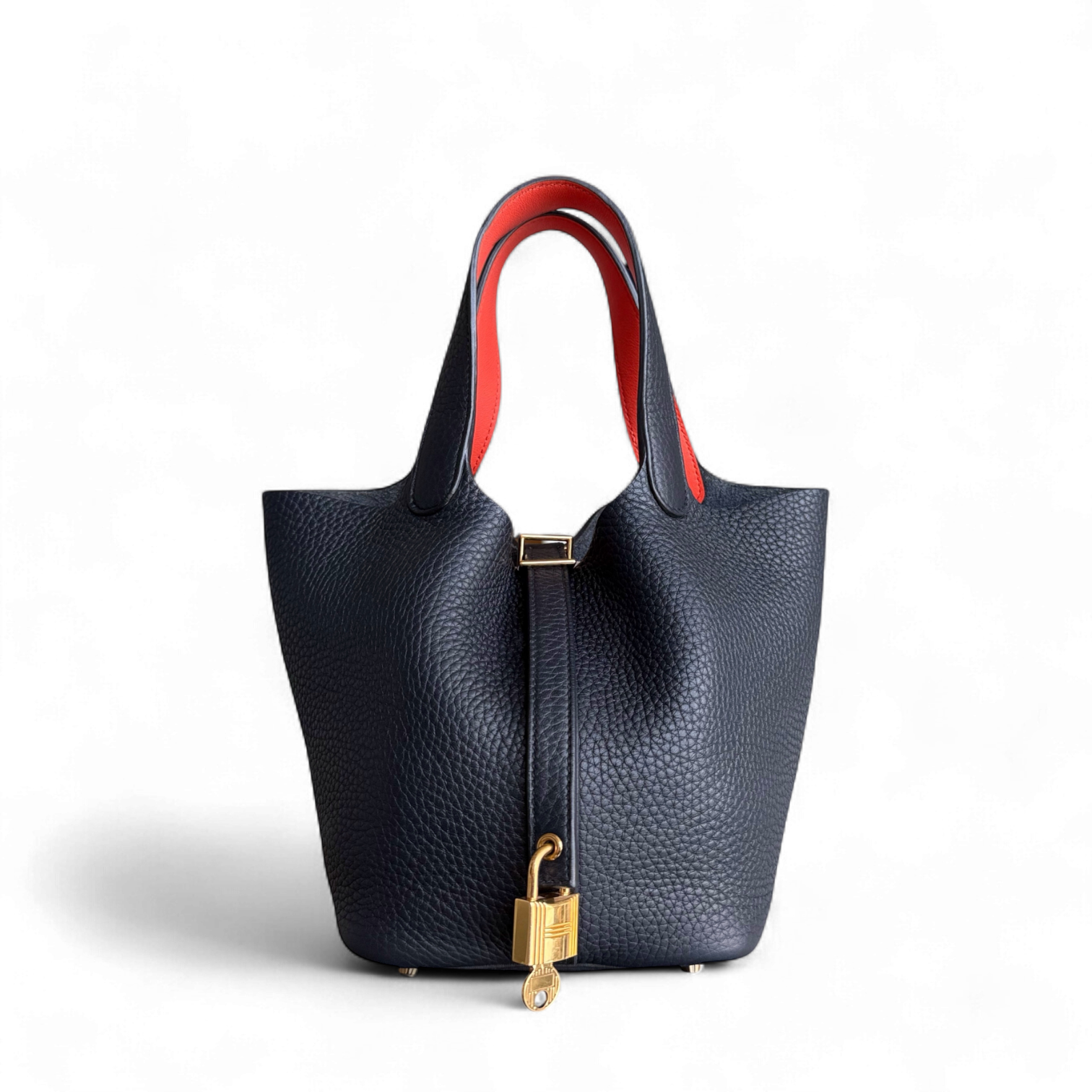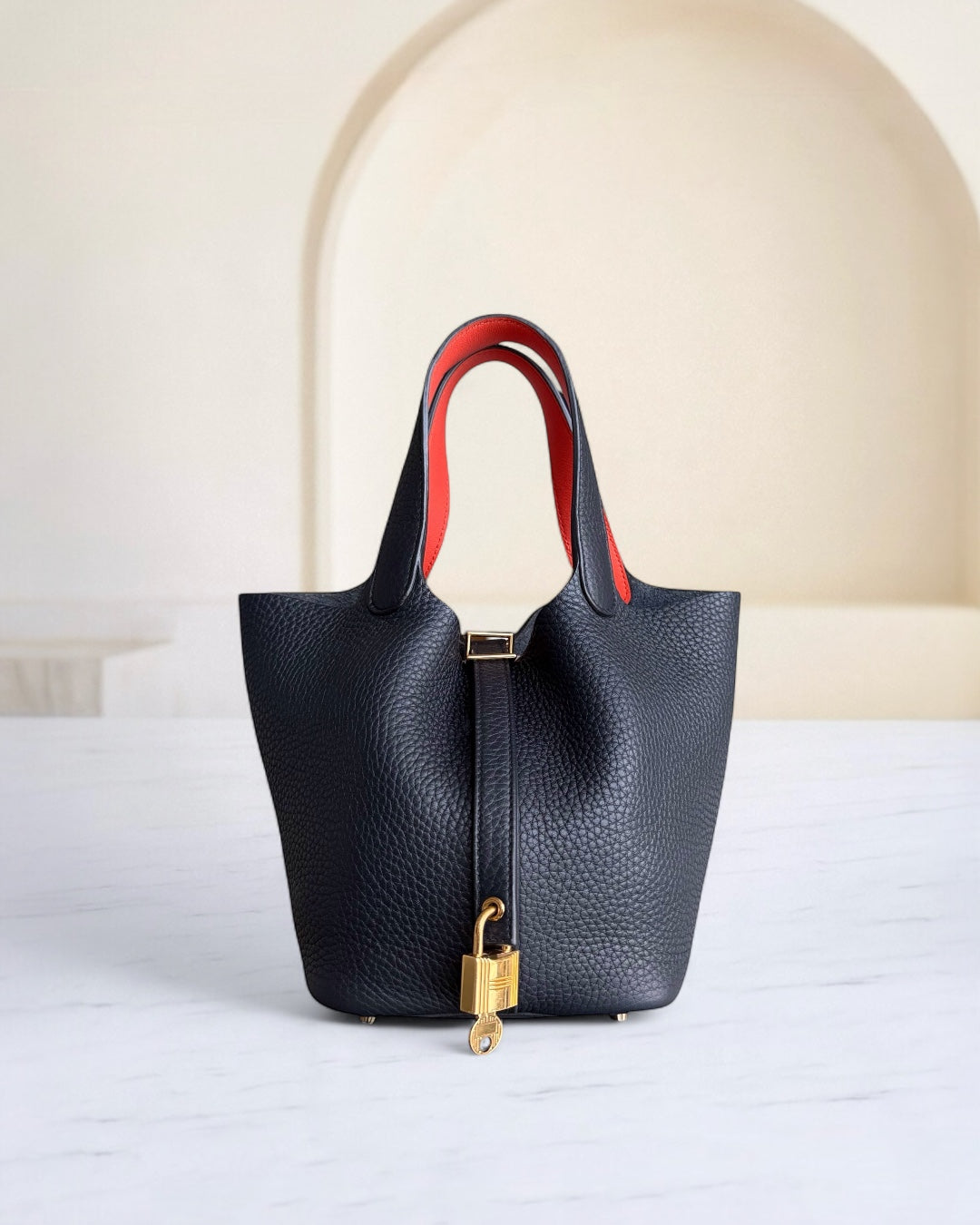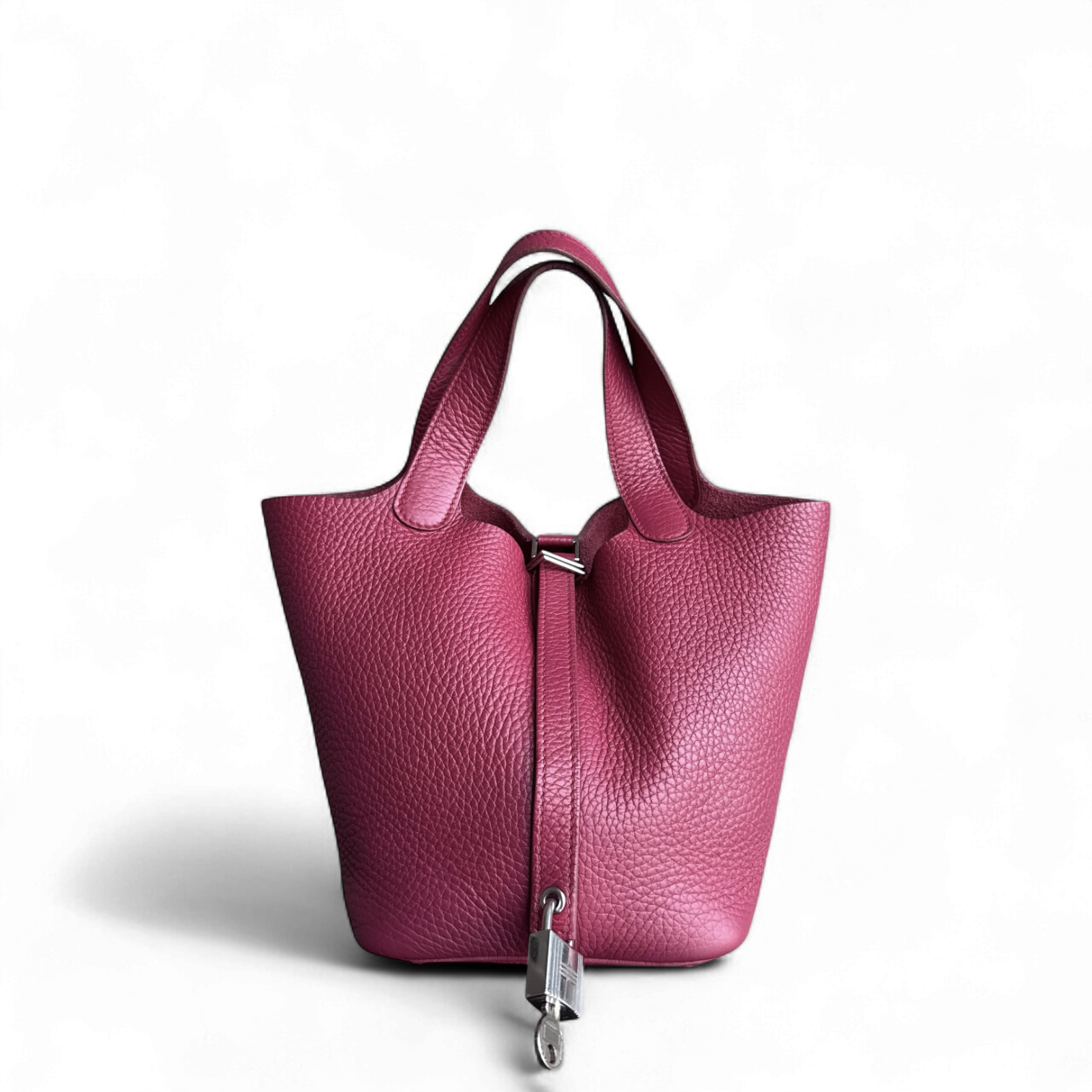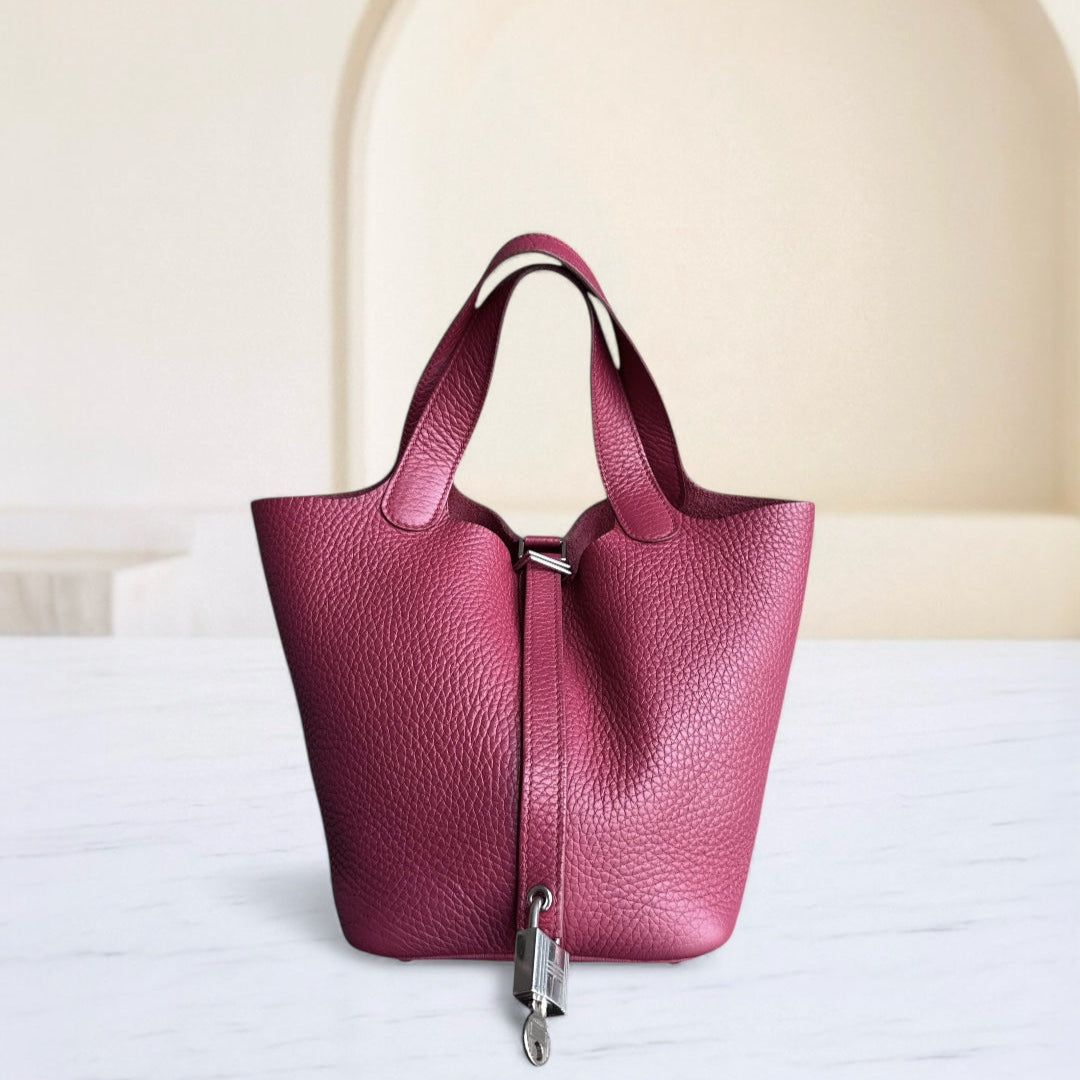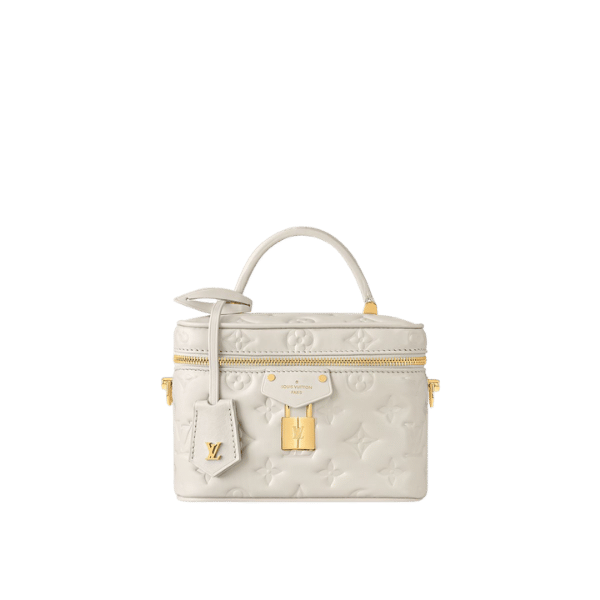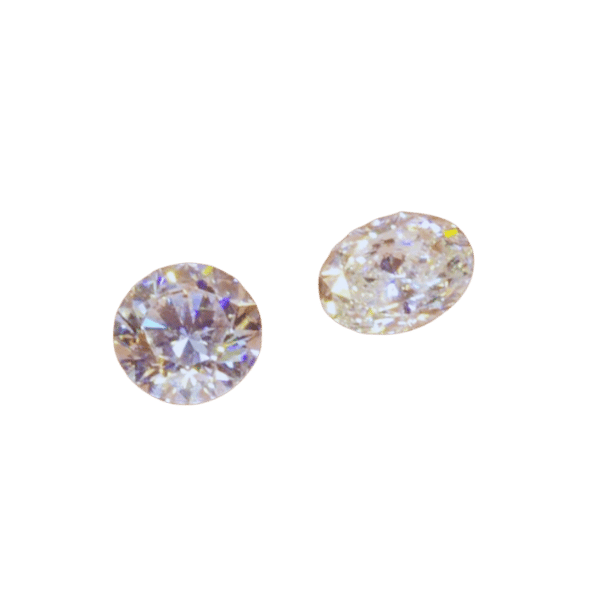Understanding Diamond Resale Value: Natural and Lab Diamonds
The acquisition of diamonds by individuals is frequently accompanied by questions about their value in the long-term lifespan and, most especially, in the event of resale. Even when buying a mined diamond or artificial diamond, the comprehension of the distinctions between the two in relation to their resale value is necessary in order to purchase the diamond appropriately. This article focuses on the factors that affect diamond resale value, the similarities and differences between an actual and an artificial diamond, and also the necessary and useful information that both parties, the buyers and sellers, need to be equipped with, before delving into the market, which is quite complicated. In conclusion, you will have understood why the resale value is important and how it relates to the different types of diamonds, what is mostly wanted in the market, and what people think is rare.
Factors Influencing Diamond Resale Value

Clarity and Quality
- The clarity and quality of a diamond also largely determine its retail markup. Stones with fewer inclusions and external defects are more coveted since the stones tend to be brighter and retain their brightness much longer. The secondary market will command a higher price for diamonds of a given quality that have excellent cut, color, and clarity.
Market Demand
- The diamond market has seen a revolution in consumers’ preferences, which has, in turn, impacted the diamond resale value. Changing trends, such as the preference for sustainable and ethical methods of acquiring diamonds, have changed the market dynamics significantly, leading to lab diamonds being preferred. When the character of a diamond coincides with the market demand, the diamond would be expected to have a stronger value in the resale market.
Certification
- Jewels become more priceless in terms of the diamond resale value once it has gone through certification by a trusted gemological laboratory, whether GIA or IGI. These reports assure the customer of the authenticity of the diamond and the subject properties in the report, as well as their measurements.
Rarity
- Resale values can increase if specific attributes of diamonds, such as colors or carats, are rare. Rare qualities in natural diamonds that are uncommonly available, hence costly, generally pull in more money since they are seen as highly exclusive and hard to come by.
Cut, Clarity, and Carat Weight
Cut
- Cut refers to diamond proportions in width, depth, and luster, directly enhancing brilliance, fire, and scintillation. A diamond that has been well proportioned does not allow light to escape, hence it appears attractive and adds to its resale price.
Clarity
- Clarity assignment regards the investigation of internal inclusions and/or surface finish defects of a gemstone. This criterion is determined on a scale of Flawless (FL) to Included (I), and the better the clarity level of a diamond, the bigger the demand and diamond price.
Carat Weight
- Carat, on the other hand, refers to the weight of the diamond, which is expressed in a mass of equivalent carats, where one carat is equivalent to two-tenths of a gram. The larger the stones are, the rarer they become, which makes the higher carat gems more expensive, and in addition, the rule that carat equals dollars is also shifted due to quality aspects of the stone and market analysis.
Market Demand and Trends
Consumer preferences, economic conditions, and cultural significance are some of the key determinants of diamond demand. Trends in recent times have shown that there is more demand for diamonds that are sustainable and ethically sourced, for example, lab-grown diamonds, as consumers move towards social and environmental responsibility. Further, although conventional markets like engagement rings still create their demand, more people are getting interested in buying different or customized diamond jewelry. Demand is also affected by changes in the world’s economy and spending capacity, where there is more demand in times of economic boom.
Comparison: Natural Diamond vs. Lab-Grown Diamond
While natural diamonds, being more valuable, are considered rare and formed over the span of billions of years, lab-grown ones are cheap, environmentally friendly, and are chemically identical but are devoid of rarity and reselling possibilities.
|
Parameter |
Natural Diamond |
Lab-Grown Diamond |
|---|---|---|
|
Formation |
Billion years |
Weeks |
|
Cost |
High |
60-90% less |
|
Rarity |
Unique |
Mass-produced |
|
Resale Value |
Retains better |
Minimal |
|
Ethics |
Mining concerns |
Sustainable |
|
Appearance |
Identical |
Identical |
|
Durability |
Same |
Same |
|
Certification |
GIA/IGI |
GIA/IGI |
|
Environmental |
High impact |
Lower impact |
|
Popularity |
Traditional |
Growing |
Evaluating the Worth of a Diamond

Using Appraisal Services
Appraisal of diamonds is very critical, whether the diamond is natural or synthetic. A competent professional valuation of the diamond is done, weighing four critical characteristics; these four Cs include weight, color, clarity, and carat . This information is quite frankly needed indeed in many instances, for instance, when looking into insurance, diamond resale value, or taxation. Choose an appraiser who is a qualified gemologist and does not have any interest in the diamond being appraised.
Understanding Certifications: GIA and AGS
- Gemological Institute of America or GIA: It is an institution that is considered among the best in the field of gemology. It is praised for its exactness and impartiality in grading, which gives a sense of discipline. The reports from GIA will include several factors of a diamond's 4Cs and additional features that allow sellers and buyers to double-check one another.
- American Gem Society or AGS: AGS is almost the same as GIA, with some Guy counseling other than gemology. It is widely known thanks to its theoretical perfection in rating cut-grading. They also have a separate grading system, which calls for grading cuts with numbers, since the beauty of the stone affects its marketability. One of the most coveted and trusted jewelry reports is that of AGS, based on its accuracy and trustworthiness.
Pricing Models for Diamonds
The basic determinants of diamond prices are known as the 4Cs: carat weight, cut, color, and clarity. The elements influence the cost of the diamond, with carat weight usually weighing more in relation to cost. Economic principles of supply and demand are also contributory factors explaining variations in price. The retail stores can price per carat of diamond or per diamond and the set. However, collectors may choose to go with more stringent certifications such as GIA or AGS to avoid ‘cheap’ fakes, hence making them more expensive. It is advisable for a consumer to compare prices from reputable sellers in order to ascertain the market.
Practical Tips for Selling Your Diamond

Choosing the Right Selling Platform
Selecting the platform to sell the diamond is not only vital but also dependent upon the sort of convenience, speed, and value the user is ready to sacrifice. This could be attributed to the enhanced online marketplaces, where buyers and sellers of diamonds are duly informed and more competitive offers can be availed vis-à-vis the diamonds. They may also opt for seeking out your local jeweler or specialists in diamonds, who usually carry out assessments in your presence, which will not only ensure appraisal but also the sale of your diamond as well. Auctions are also a plausible alternative, especially in the case of exceptionally rare or very precious diamonds, as very high-value diamonds at times fetch quite reasonable prices to slaughterers, most of the very high-value diamonds. And be sure to check the history of the resource and any comments or ratings before employing it to avoid being scammed or unfairly used.
Timing Your Sale: Aligning with Market Trends
- Time of Year: Due to the fluctuation in demand for diamonds, their pricing also greatly varies with the time of the year, as there are high and low seasons in a cycle. At high seasons, as during holidays, which include New Year’s Eve and many weddings and anniversaries, these items tend to cost more when selling.
- Opportunities in the Economy: The market is at the mercy of economic conditions. In principle, when an economy is strong, consumption of funerary goods also increases; diamonds would be expected to fetch higher prices in such a case.
- Mundane Market Mechanics: Don’t ignore the foreign markets, especially the changes in the supplies and needs across the globe. Tradeshows or pertinent political issues may alter the prices, thus causing a change in interest in the purchase of the diamonds.
Negotiating with Potential Buyers
While dealing with potential purchasers, readiness is the most important element to a successful negotiation. It is essential to evaluate the existing market and price the object impeccably by establishing its worth first. Ensure that all the dimensions of the object, its condition, and any special characteristics that could enhance its value are appropriately described. Should there be any of these elements, a timeline of the object should be given because a buyer will appreciate such transparency. Hear out and see what the buyer wants or has issues with, and work on them directly to search for a common understanding. Finally, stay adaptable but maintain clear limits so that the final agreement meets your desired as well as the economic standards.
Current Market Trends and Buyer Expectations

Impact of Lab-Grown Diamonds on Resale Value
- Lower Market Demand: Lab-grown diamonds, although chemically and visually truly like natural diamonds, do generally face a lesser demand in the resale market because of their increasing supplies and ever-falling prices.
- Diminished Perceived Rarity: Lab-grown diamonds are not and cannot be made by nature to be rare, while natural ones are: this perceived rarity boosts the class. Thus, this very factor diminishes their status as a long-term investment in the eyes of many buyers.
- Price Depreciation Over Time: Prices of lab-grown diamonds depreciate faster than natural diamonds because of improvements in technological processes that allow them to be manufactured cheaply and easily.
- Very Low Buyback Interest: Many jewelers and resellers do not like to buy back lab-grown diamonds because, keeping a resale value aside, the secondary market for lab-grown stones is still very much in its infancy.
- Buyer Awareness and Preference: Recently, buyers have become aware of what they believe are key differences between lab-grown and natural diamonds, where naturally occurring diamonds are associated with origin and historic value, thus affecting the resale demand of their lab-grown counterparts.
Sustainability Concerns in the Diamond Market
Diamonds grown in laboratories are usually touted as a greener option compared to the mined ones; however, it is important to note that their manufacture still has an effect on the environment. It is clear that the manufacture of lab-grown diamonds is energy-intensive; hence, this raises concern if production is staged on fossil power. In the same manner, mining for natural diamonds has grave consequences not only for the environment but also for society in some of the countries with such resources. Such problems can be tackled only based on consideration of a full life cycle of the compared alternatives, and promoting practices that are green and promote fair trade practices.
Regional Demand Shifts and Their Effects
The strategic responses in the diamond sector to regional demand variations are closely connected with supply line projections as well as base rates and supply. In the case of emerging markets such as China and India, this has caused the testing of special marketing strategies and even competition strategies. On the other hand, the disappearance of such hunger for diamonds in the traditional markets of Europe and North America has made the suppliers change portfolios and be prepared to embrace simulated diamonds. Such changes also affect the structuring of the international market producers and their running of these markets. Wittingly or unwittingly, such changes are a must for one to be able to compete in such an industry.
FAQs About Diamond Resale Value

How to Determine the Resale Value of a Diamond?
- Certification and Grading: Diamonds with certificates issued by reputable institutions like the GIA or the AGS can command a somewhat higher resale price. Such certification educates the buyer on the diamond's cut, clarity, carat, and color: these are parameters on which its price is fixed.
- Market Conditions: The resale price of a diamond, just like any other product, is controlled by market trends and demands. Economic stability, a change in buying patterns, and other such factors collectively determine the price at which a diamond will be resold.
- Condition of the Diamond: The resale value would be impacted by any scratches, chips, or other defects on the diamond. Diamonds free from any further damage attract better prices.
- Settings and Mounting: Settings, including whether it is fabricated as part of branded or designer jewelry, can improve the resale value of a diamond, more so if it is for vintage or highly sought-after designs.
- Resale Platform: The resale value is largely determined by the place and manner in which the diamond is sold. The auction, the internet, or an established jeweler may have different price ideas for each choice, with each platform having its own set of pros and cons.
Do Diamonds Appreciate in Value Over Time?
Value appreciation with increasing time is quite unusual for diamonds. Unique diamonds with extraordinary qualities, such as unusual color or having been used in historical settings, may actually appreciate in value over time; however, most diamonds go through depreciation post-purchase. Factors deciding the price for a diamond may include demand for diamonds, ease of diamond resale, quality of diamonds, and the like. Generally, diamonds are dreamed of as classy items and not income-producing items.
Frequently Asked Questions (FAQs)
Q: What are the factors that influence a diamond's resale price?
A: There are different characteristics determining the resale value of a diamond: quality, size, cut, clarity, and color. More intense factors are the market demand, certification of the diamond by a recognized lab like GIA, and whether the stone is natural or lab-created.
Q: How do I find out the true worth of my diamond engagement ring?
A: For getting an appraisal of your true worth, your diamond engagement ring should be appraised by a professional. The appraisal will consider factors about the diamond and current market trends. A certificate for diamond grading by respected laboratories might give insight into its quality and worth.
Q: Do diamonds go downhill in value with time?
A: Occasionally, diamonds tend to appreciate in their selling price, while sometimes they just do not appreciate with the passage of time. For example, if a diamond costing retail was brought into the resale market, then it could basically sell for trade price or even less than that, given that the demand for that date was not there in the market and that the general economic condition was on the downside.
Q: Does it have more resale value for natural diamonds than lab-grown diamonds?
A: Lab diamonds have a lesser resale value in general than natural diamonds. This is due to the intrinsic worth and educated perception imbuing a sense of rarity in a natural diamond. On the contrary, the value of lab-grown diamonds is finding increased acceptance amongst the market view, which is on a rising trend.
Q: How do I sell diamond rings?
A: Selling diamond rings best would require research into their current market value and finding a trustworthy buyer. You can sell your diamond directly to a diamond buyer, through an online diamond selling platform, or at a nearby jewelry store. A diamond grading certificate will help you in accentuating the sale as well.
Q: What are good places to resell a diamond?
A: Diamonds can be sold through different channels: well-established jewelers, diamond traders over the internet, or auction houses. One really needs to cherry-pick each method of selling, keeping in mind the specific diamond best resale option.
Q: Will diamonds always have a lower resale value compared to the retail price?
A: Yes, most of the time diamonds tend to get a lower resale value than their full value in the retail price. This drop in diamond price can arise because of market fluctuations and also because these retailers must usually mark up prices very highly.
Q: What do you have to know about diamonds and their appraisal value?
A: The appraisal value is the most that an appraiser believes a diamond will sell for based on its quality and market trends. It makes you understand that appraisal value will aid you in a decision to buy or sell the diamond or in insuring it.
Q: What are the risks involved in selling diamonds online?
A: Crime and unfair market prices are risks to be considered when selling diamonds online. You must use safe platforms and check thoroughly for buyers' credibility to get your diamond resold with minimal or no risks.
Reference Sources
1. Anti-agate: The great diamond hoax and the semiprecious stone scam
- This article moves into explaining the resale values of diamonds, suggesting that compared to those of the original purchase price, the resale values are much lower.
- Read more here
2. New Era of Lab Grown Diamond
- In this paper, the ethical and sustainable value proposition of the lab-grown ones is discussed, which, in turn, might have an influence on their resale value.
- Read more here
3. Opting out of the legal system: Extralegal contractual relations in the diamond industry
- This study takes into account analyzing rough and polished diamonds, which analysis may provide some insight into what affects resale value.
- Read more here
4. Diamond
5. Jewellery
Contact Luxury Evermore should you need help with acquiring or building up your collection. There is a variety of brands with different styles, as well as sizes, and colors, for example, Hermes, Chanel, lv and Dior. If you are not lucky enough to find the bag you are looking for on our website then our concierge team will probably be able to order it for you. We provide 100% authenticity guarantee for all our bags, and any item sold on this site will be dispatched to you within one to two business days upon receipt of the payment.
